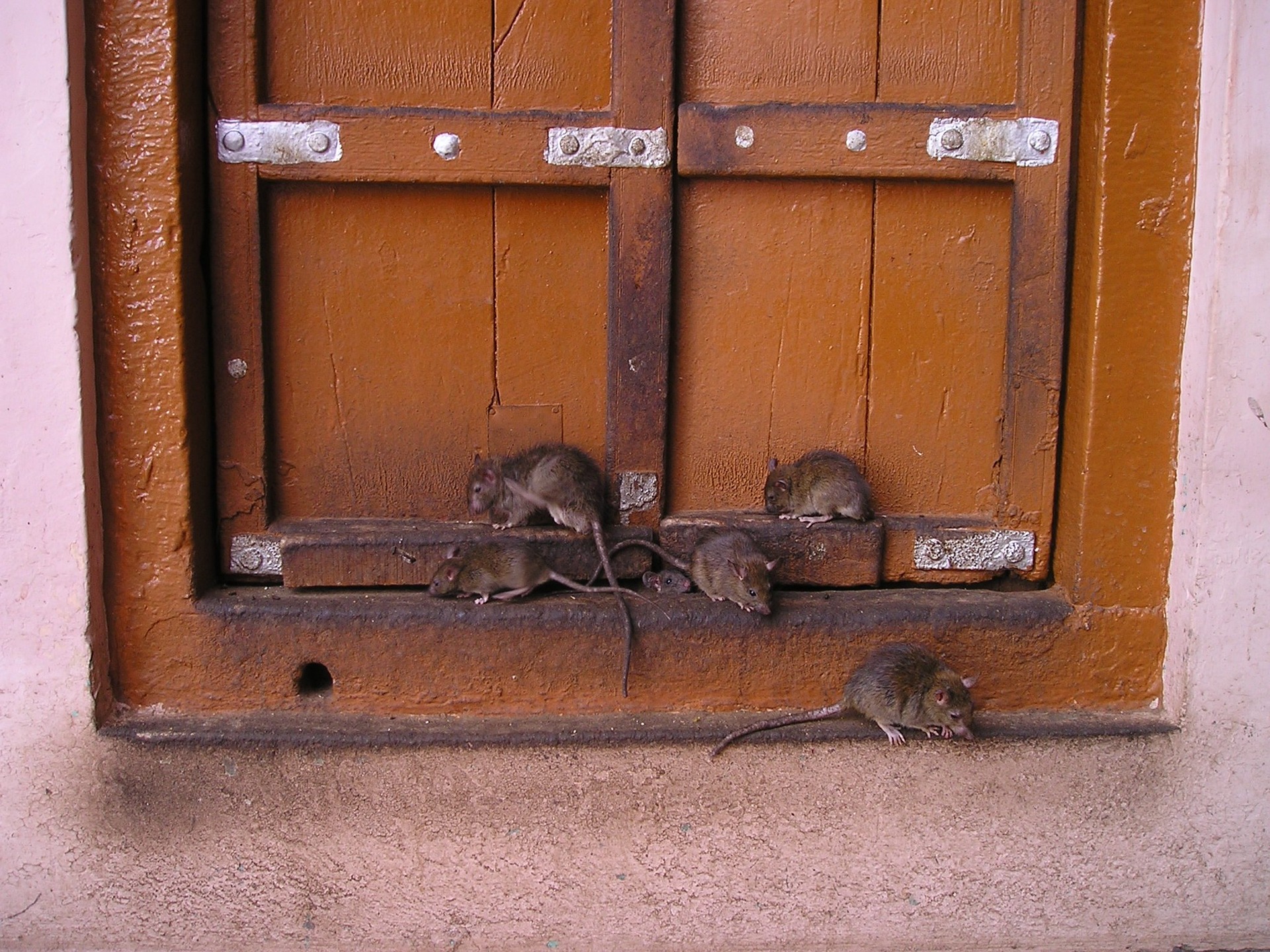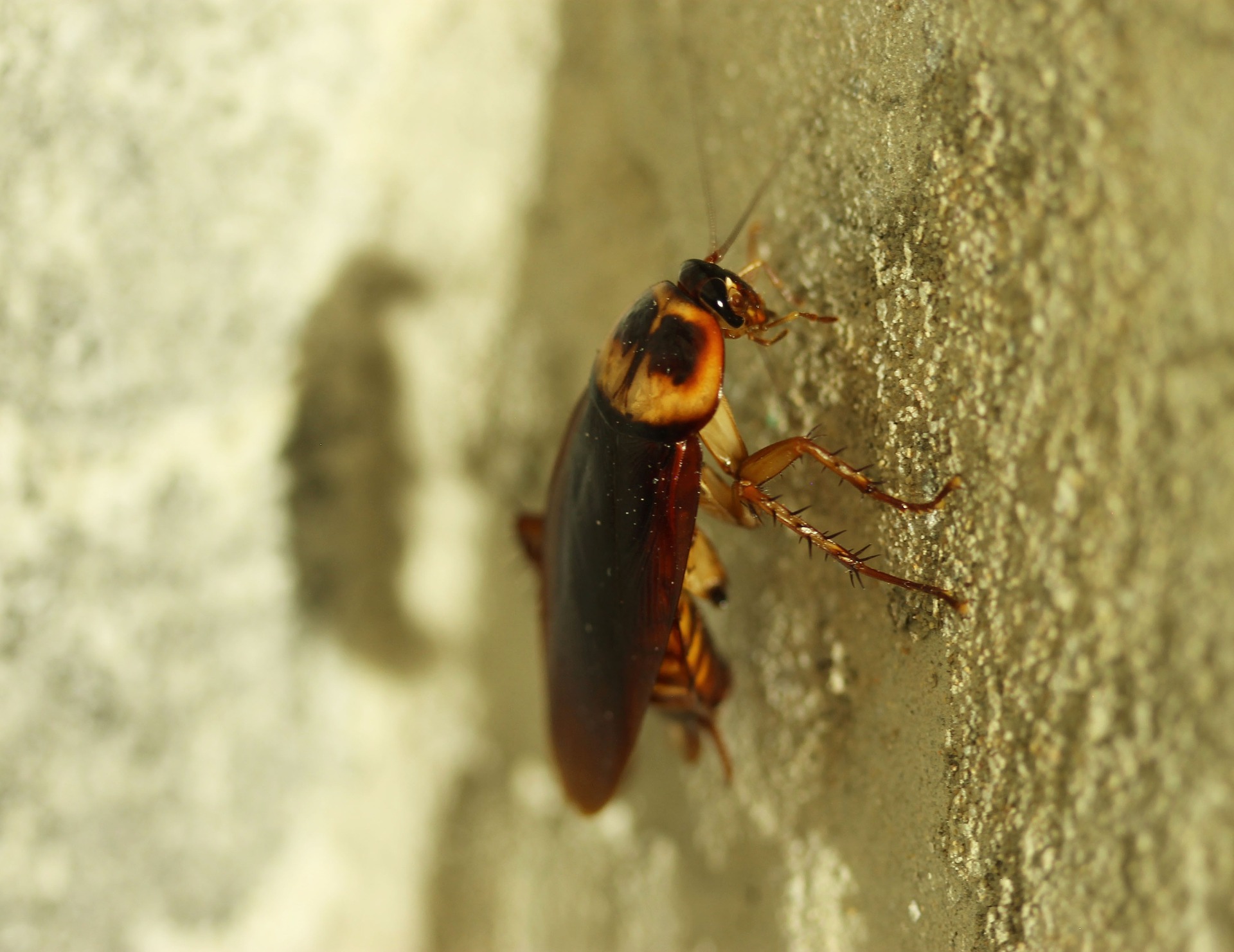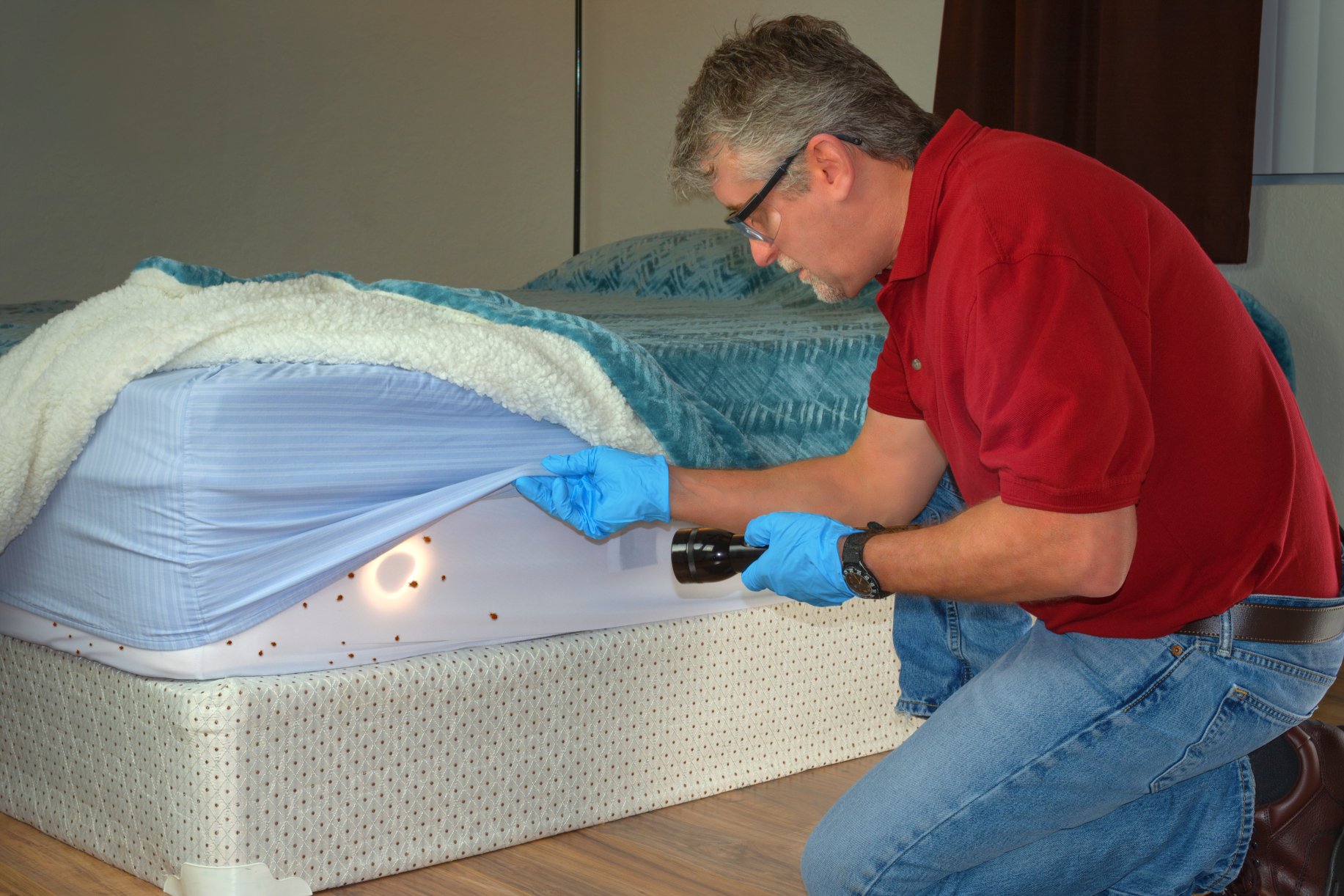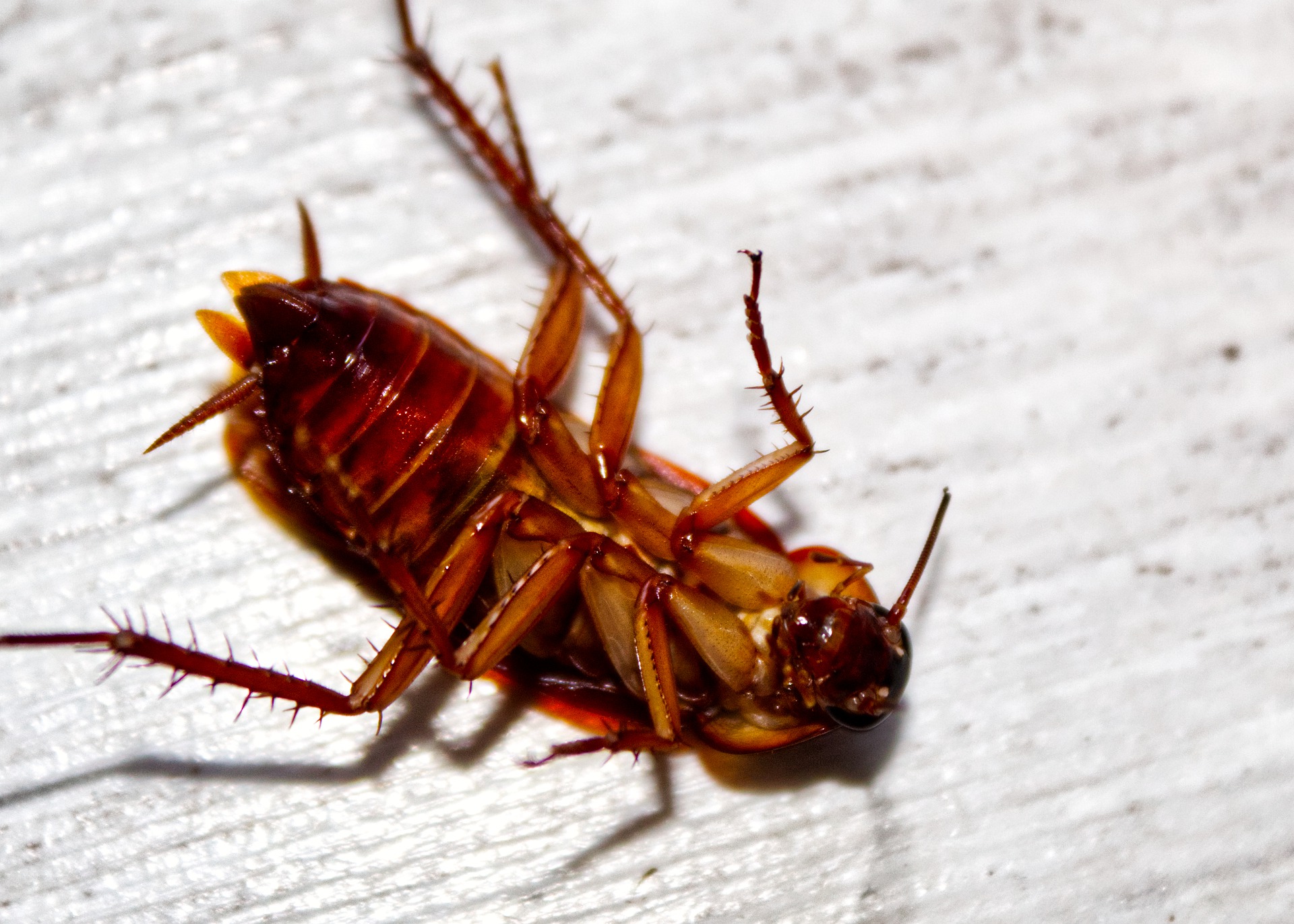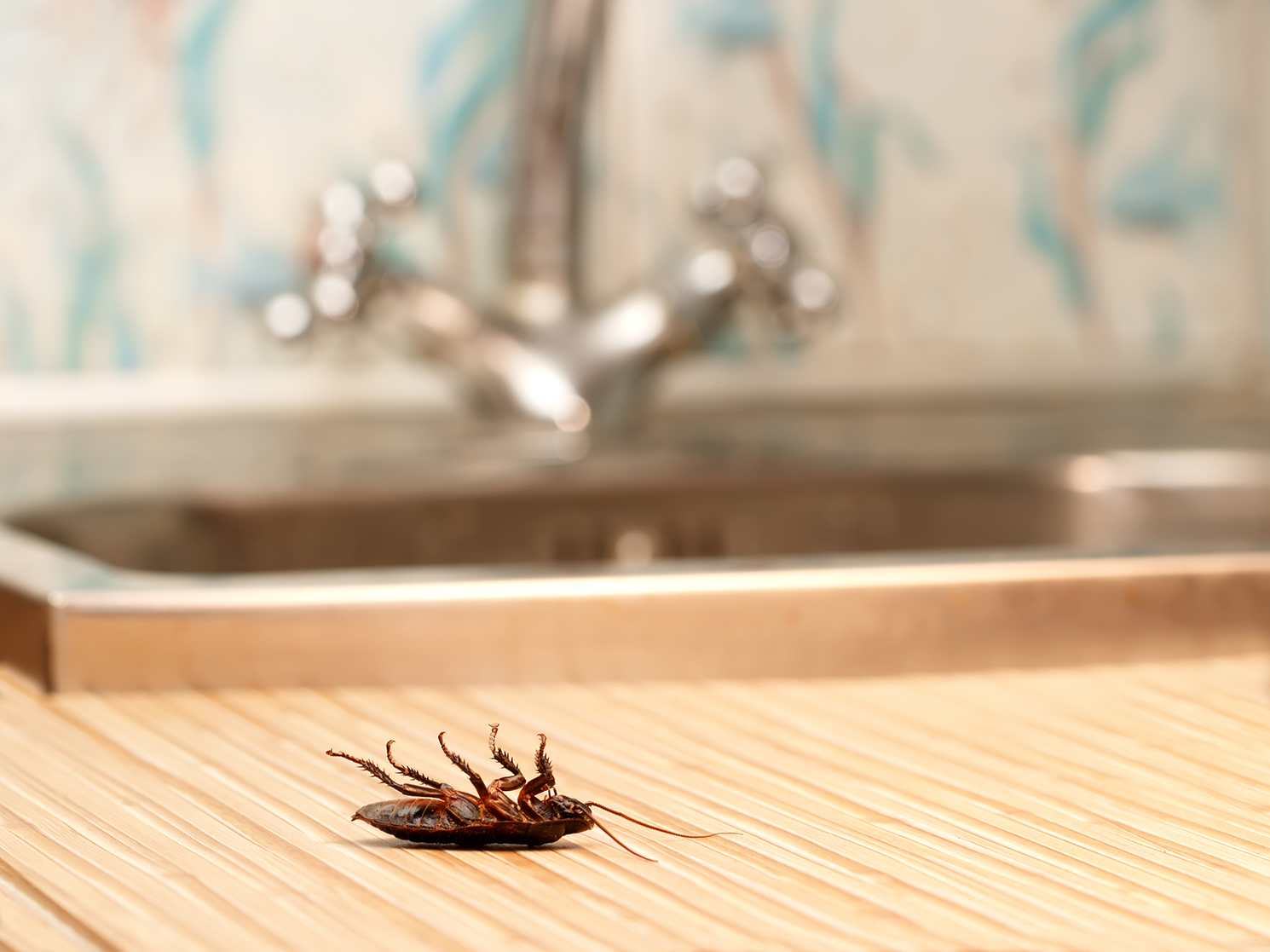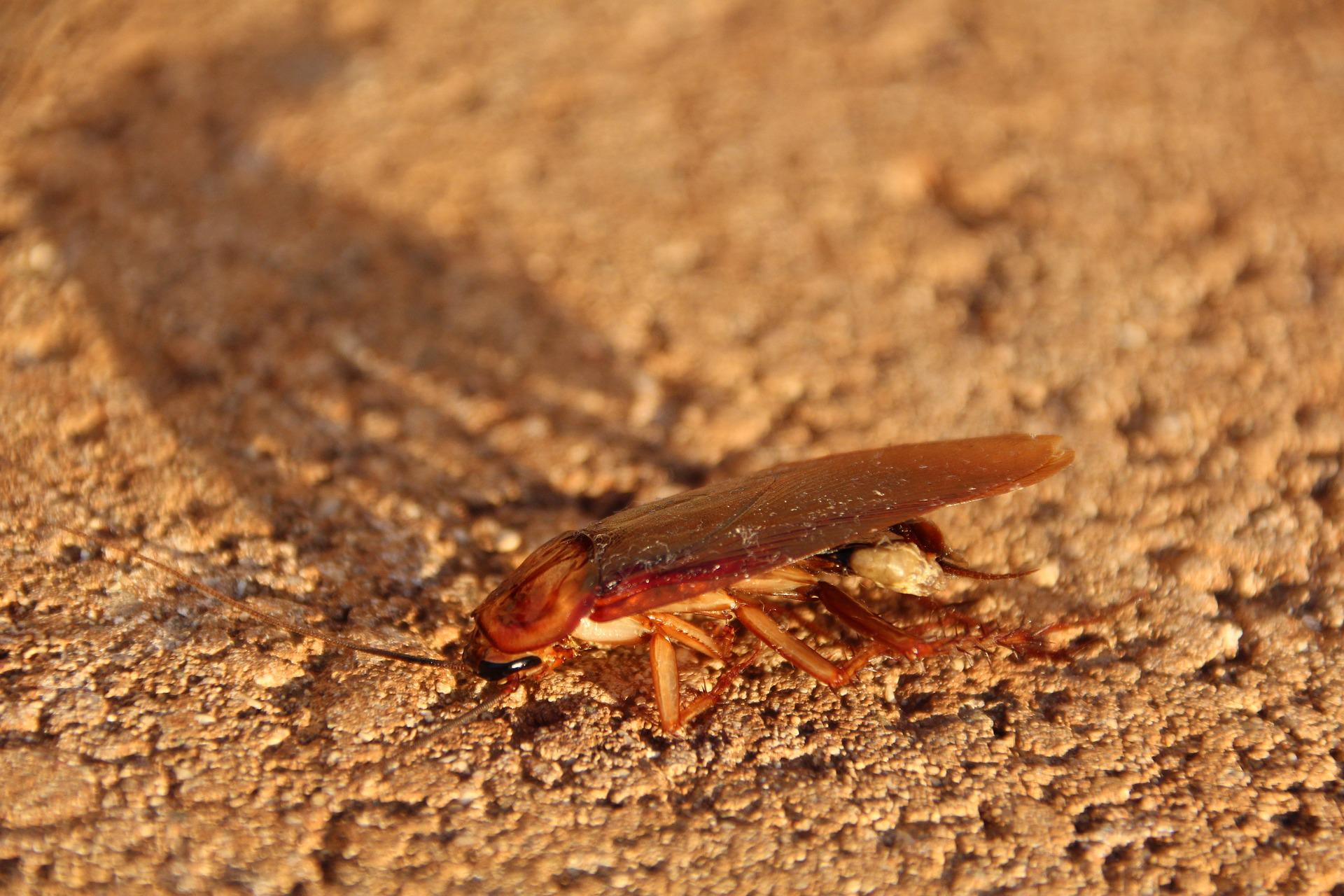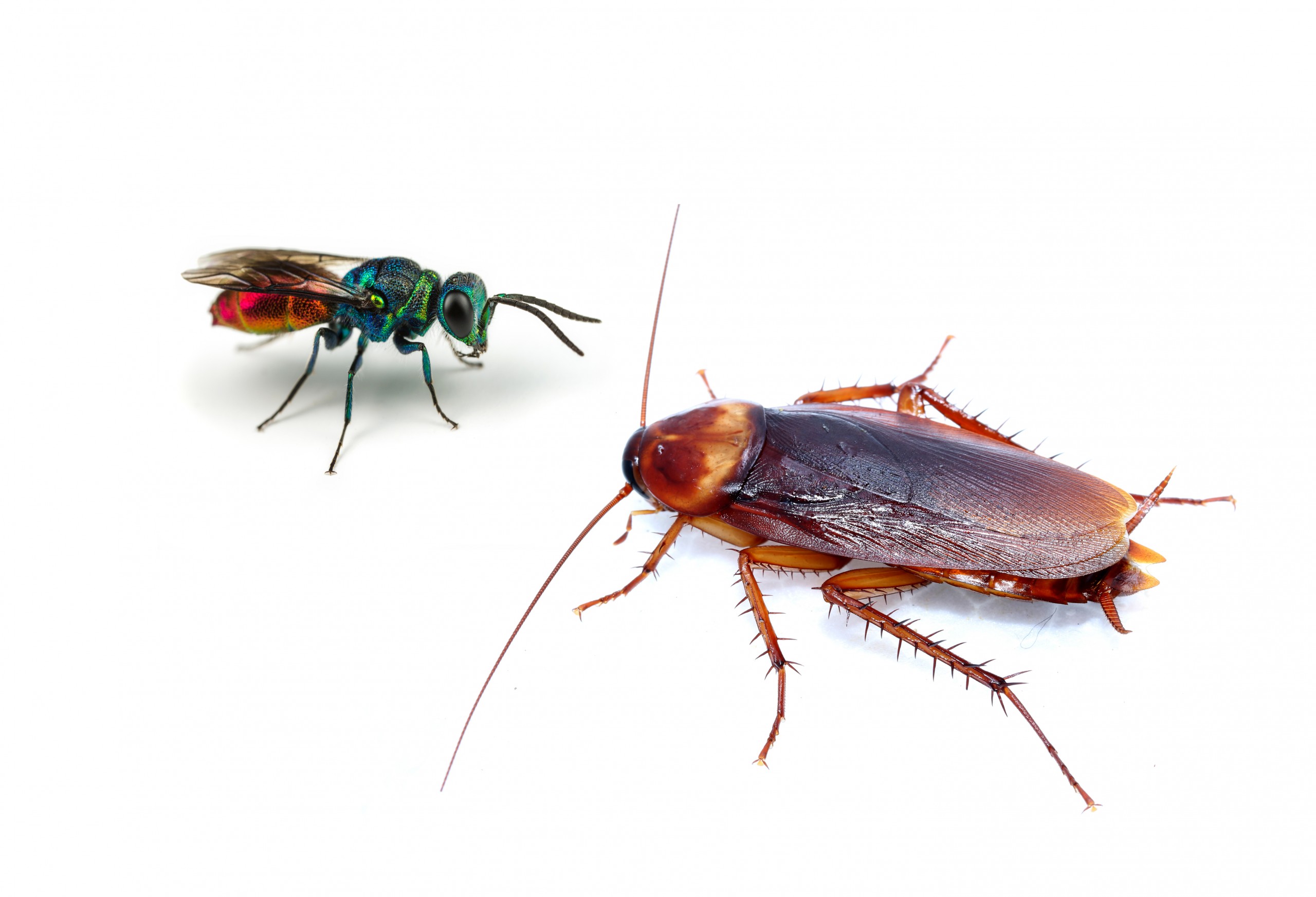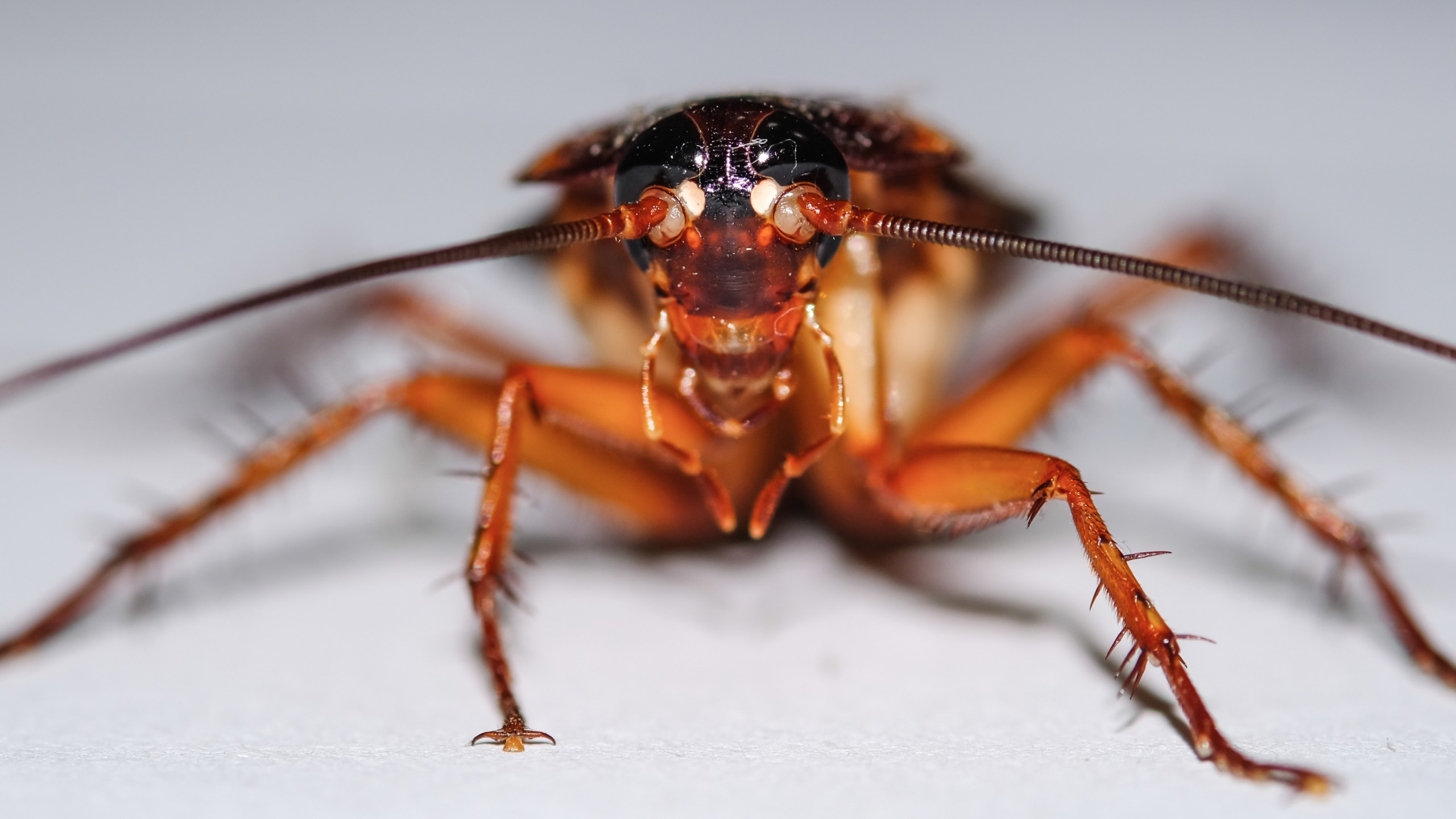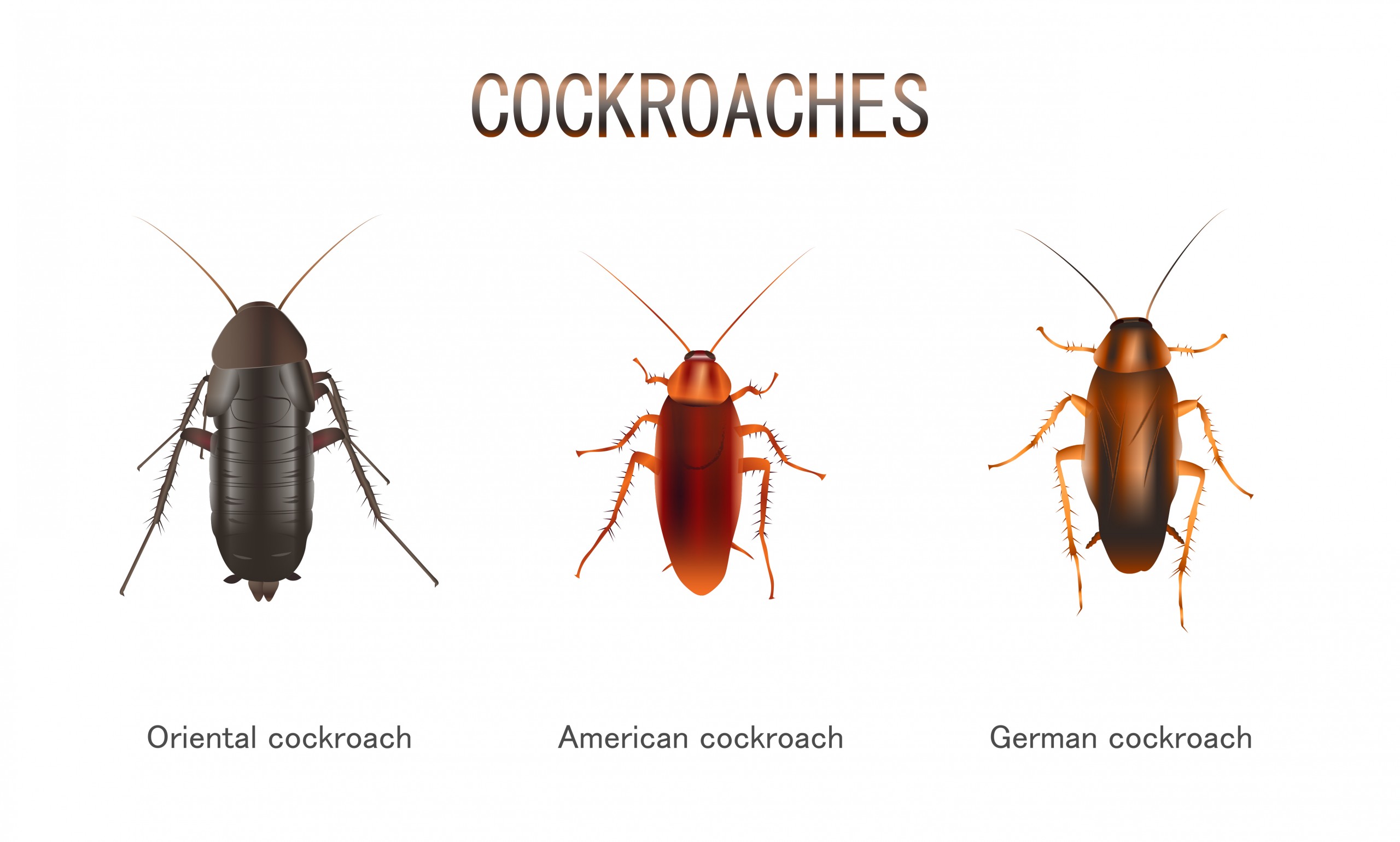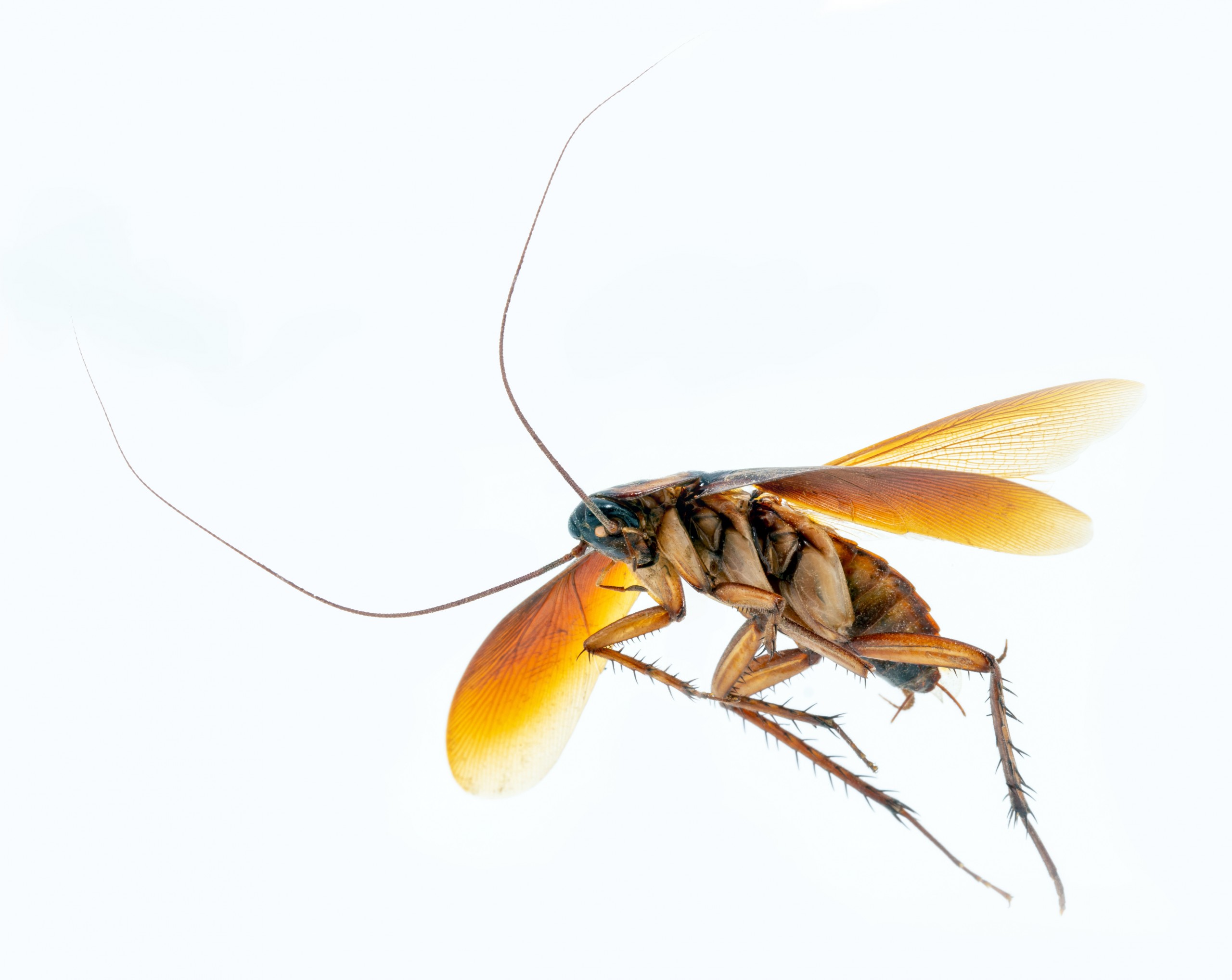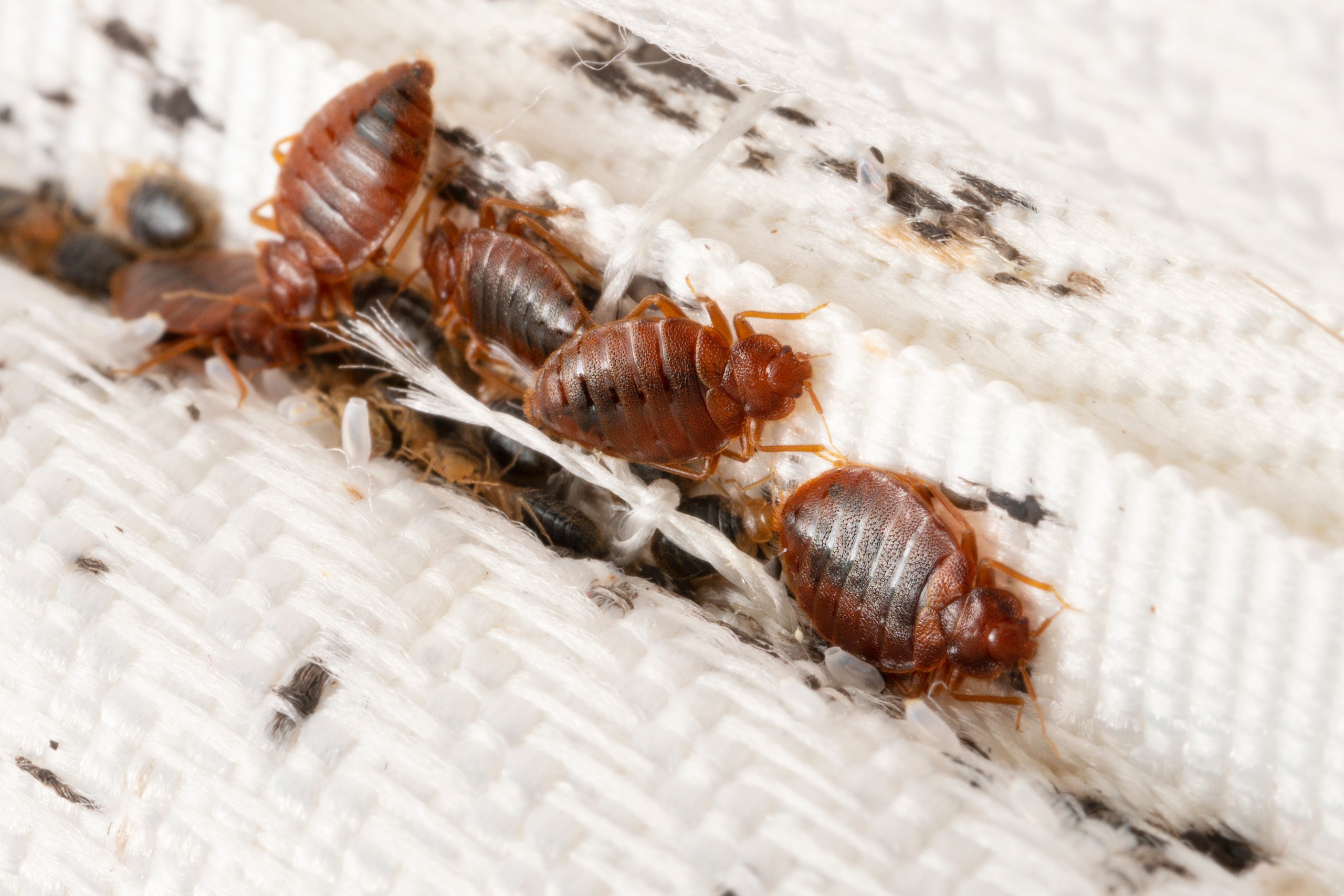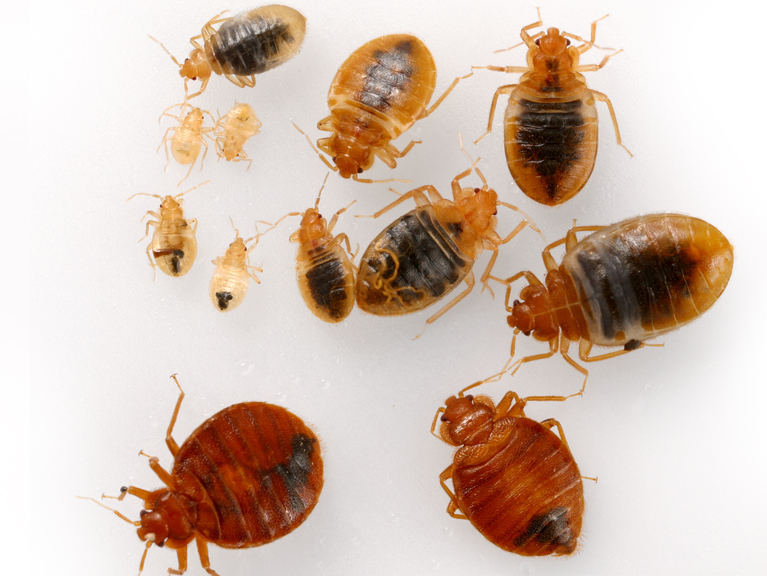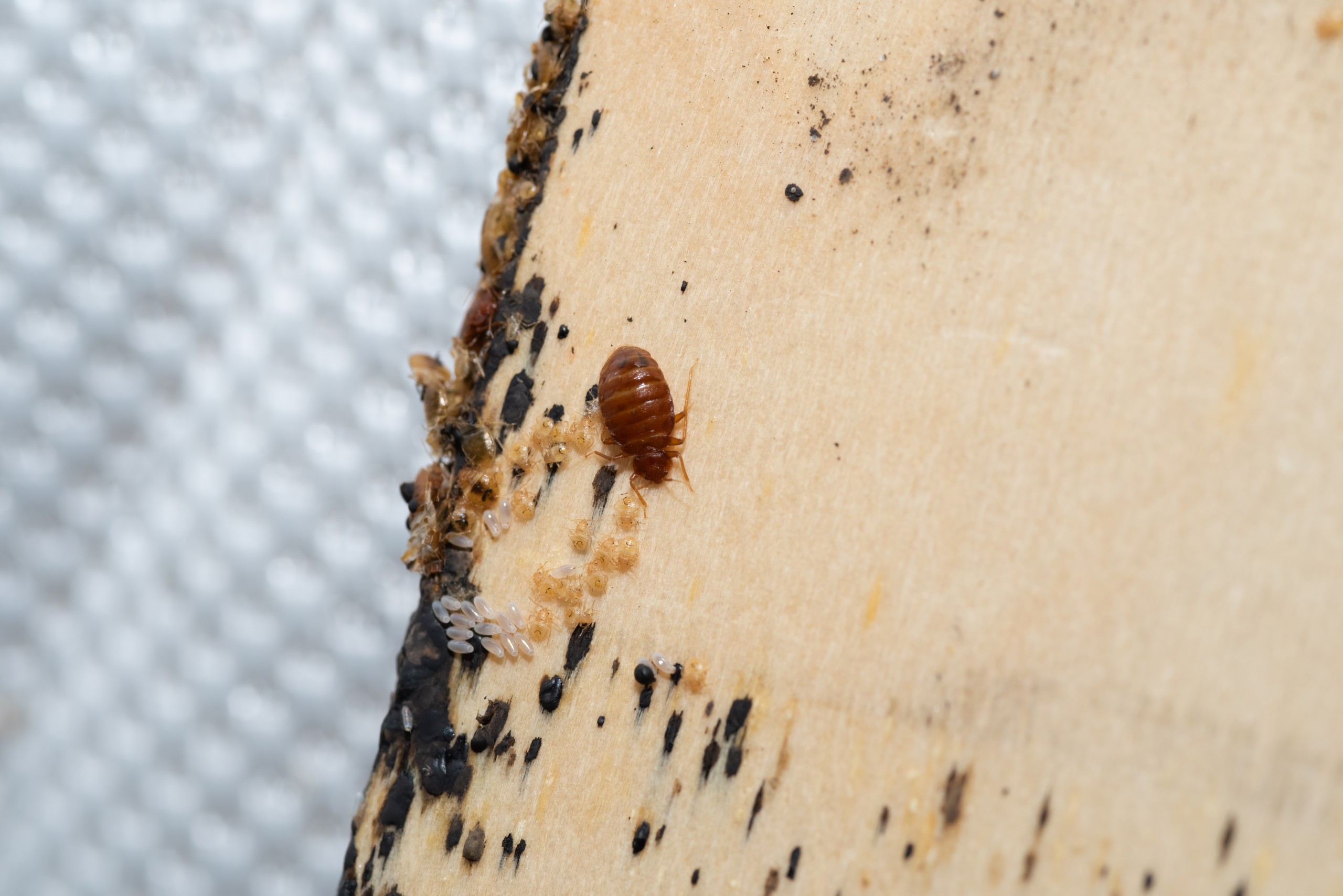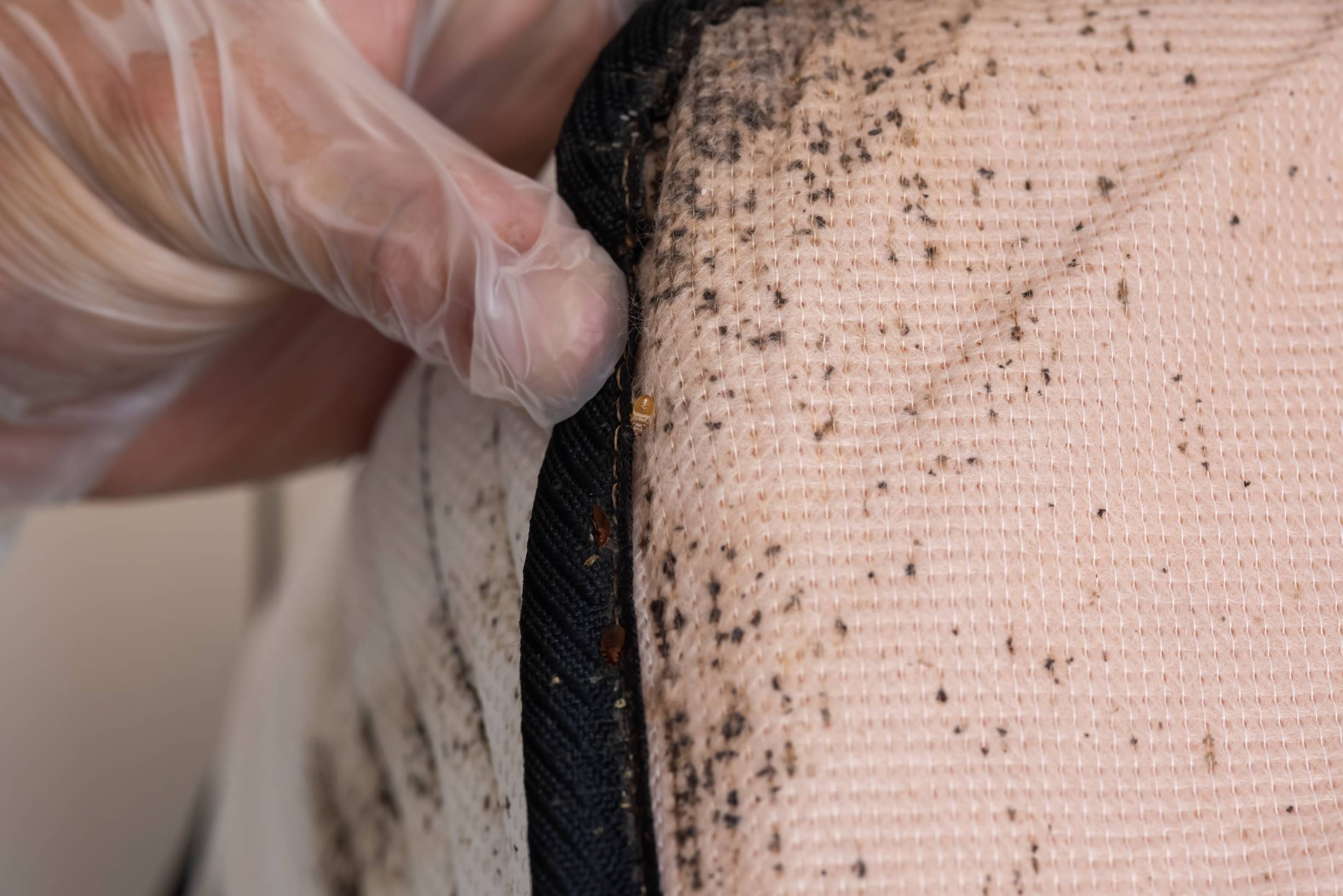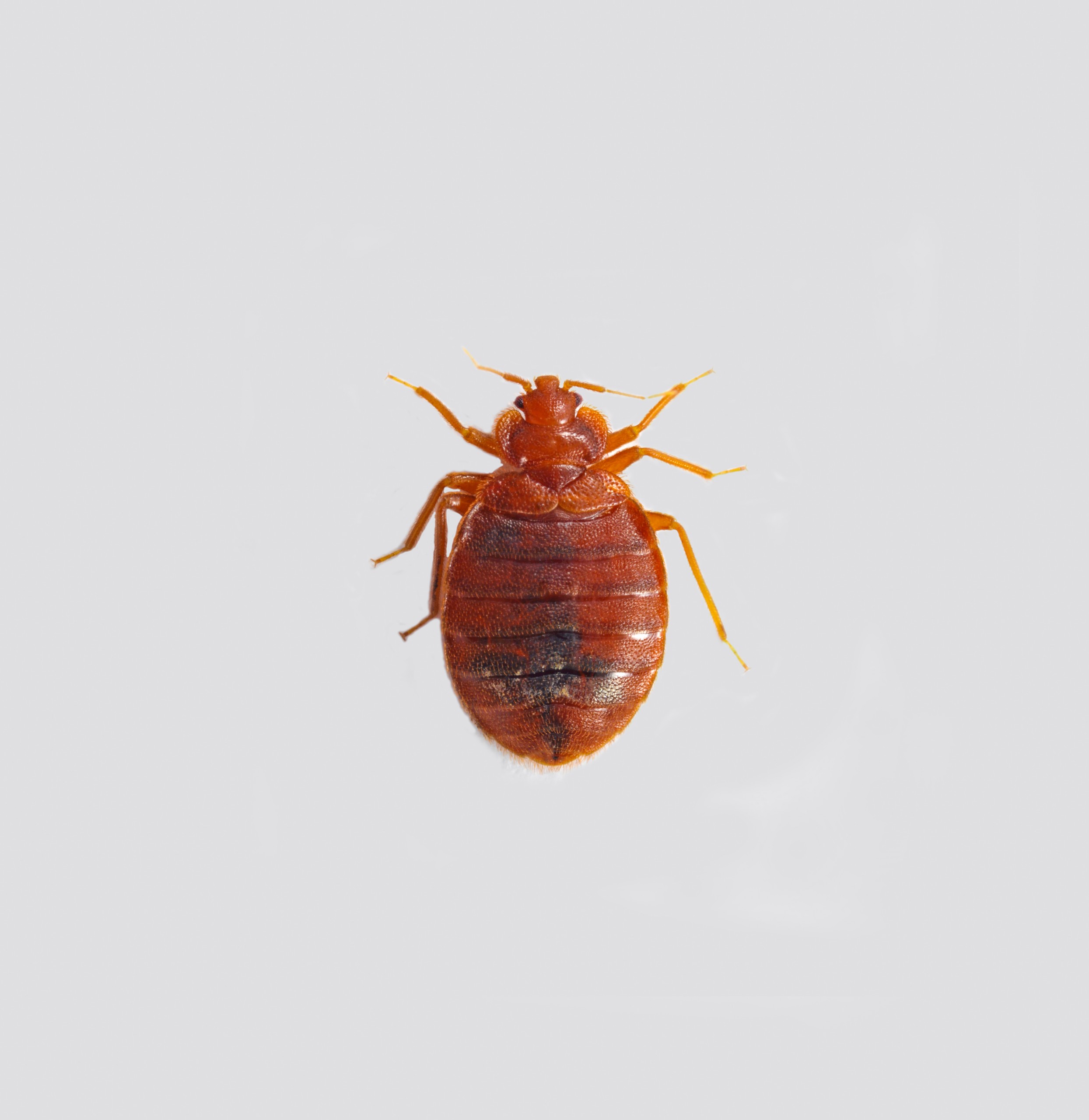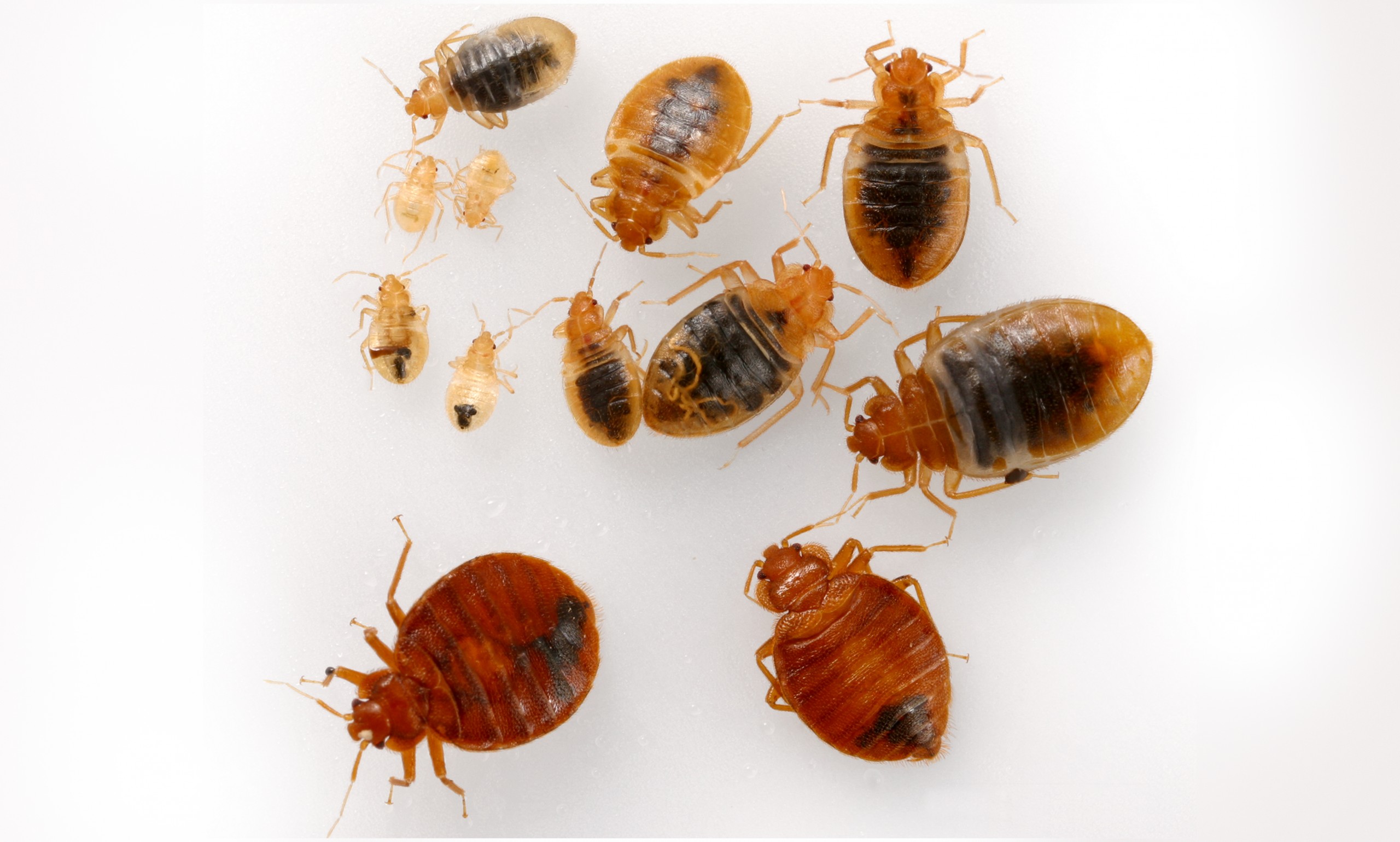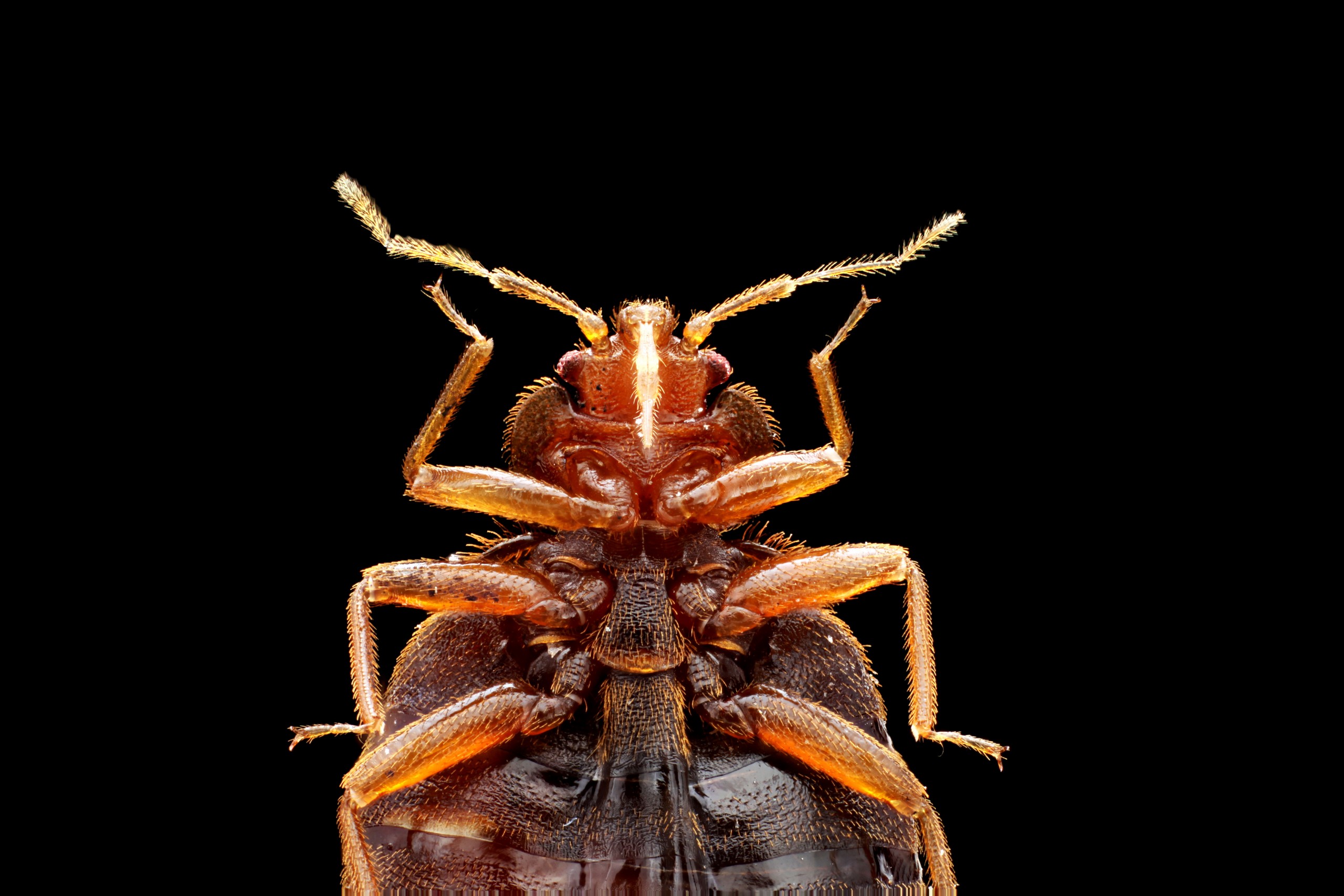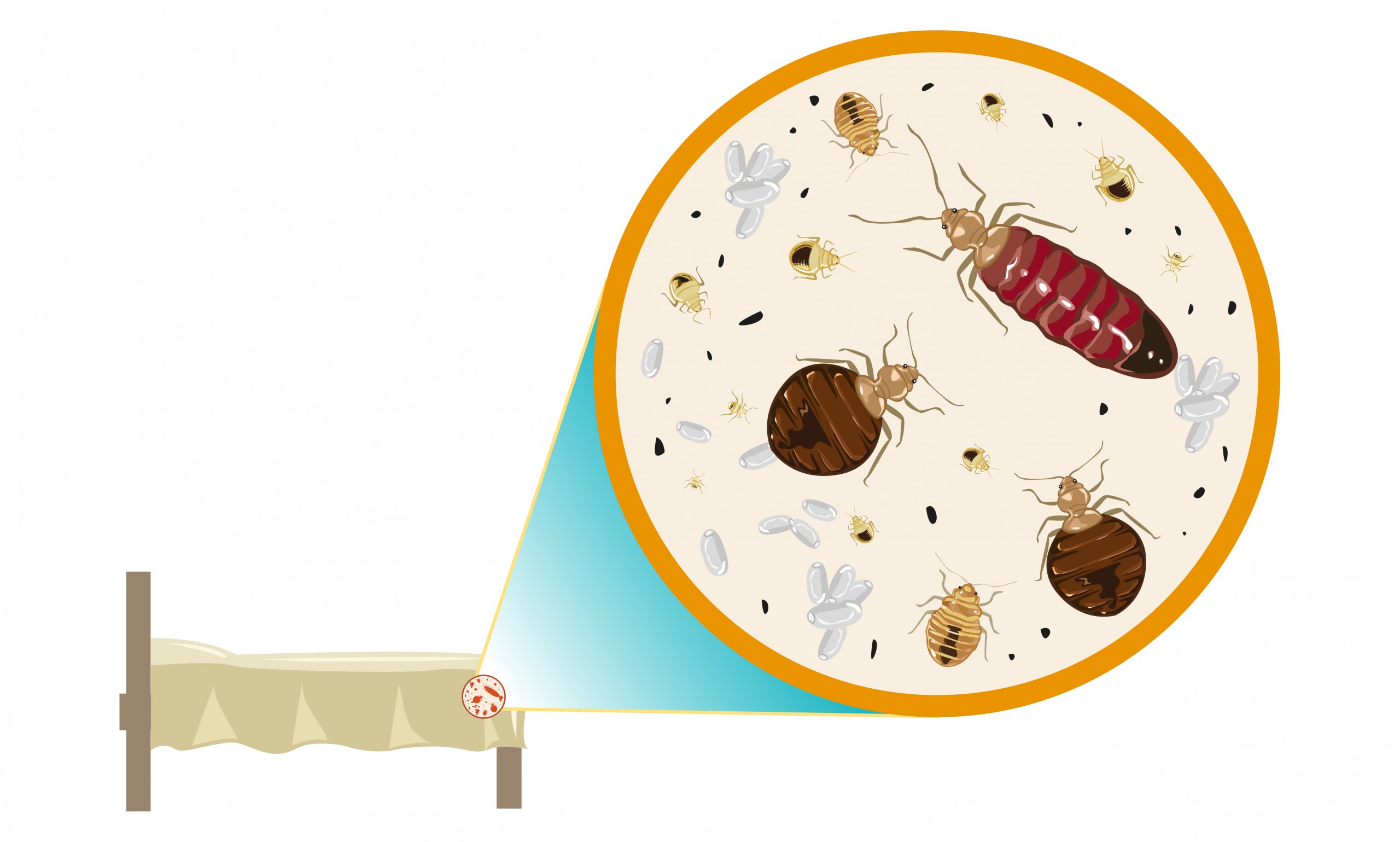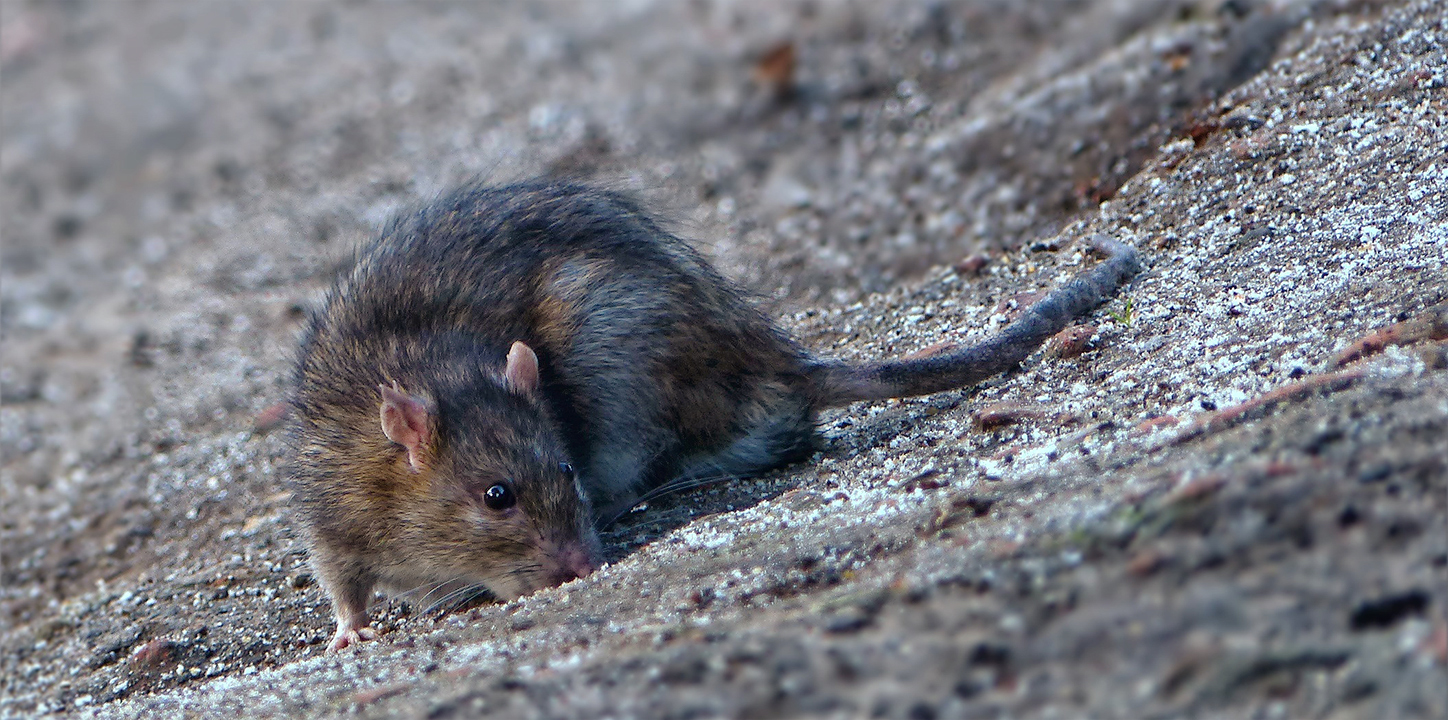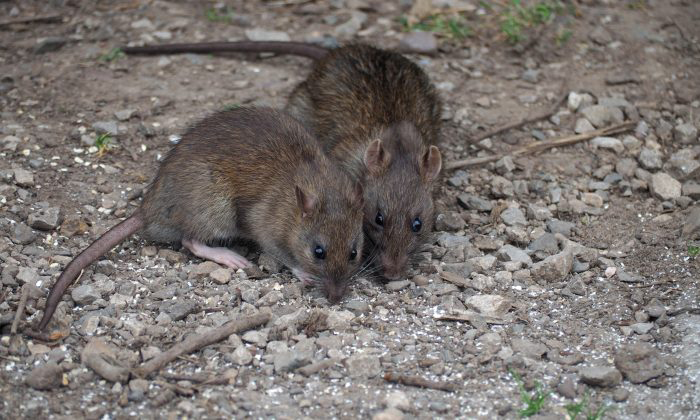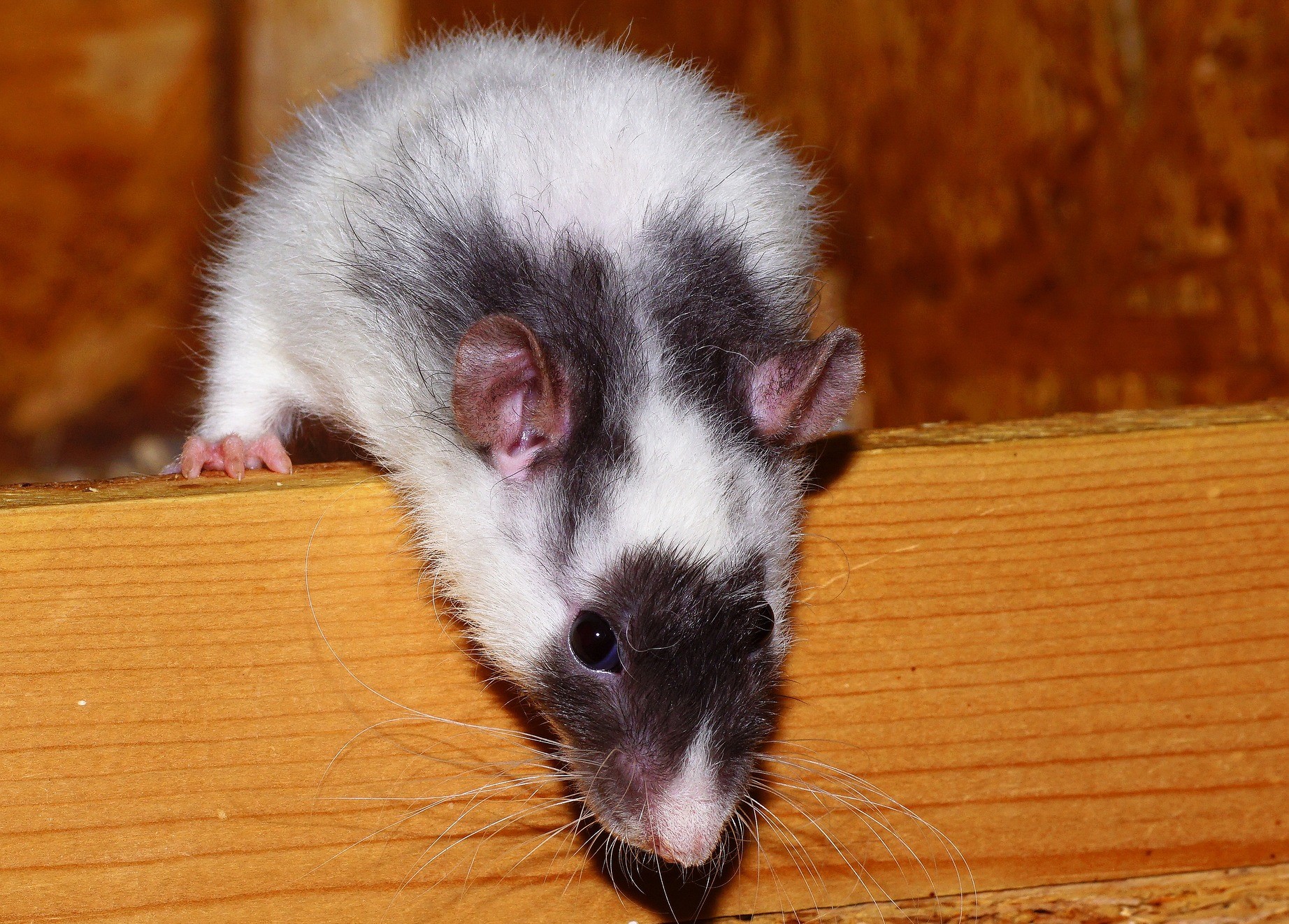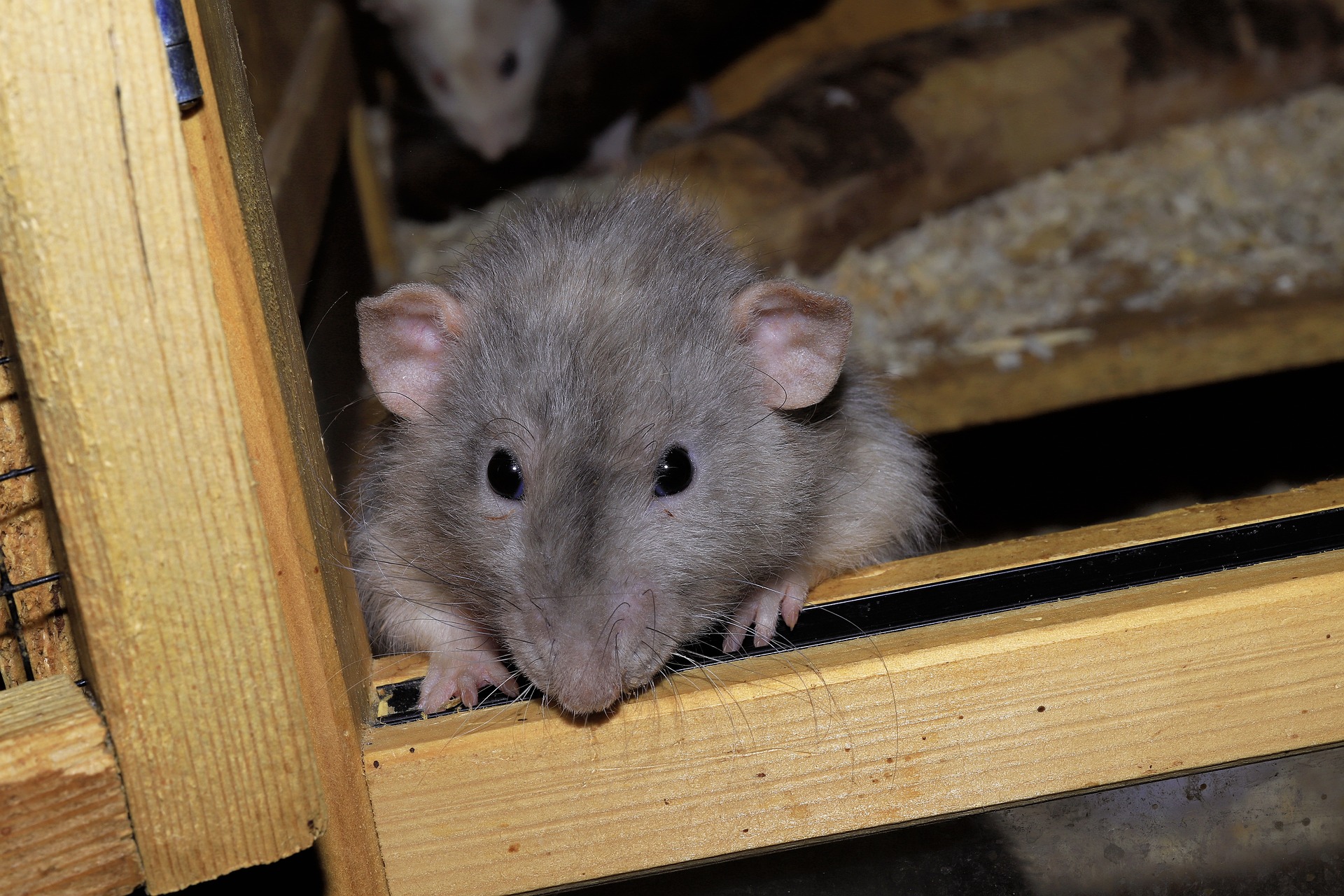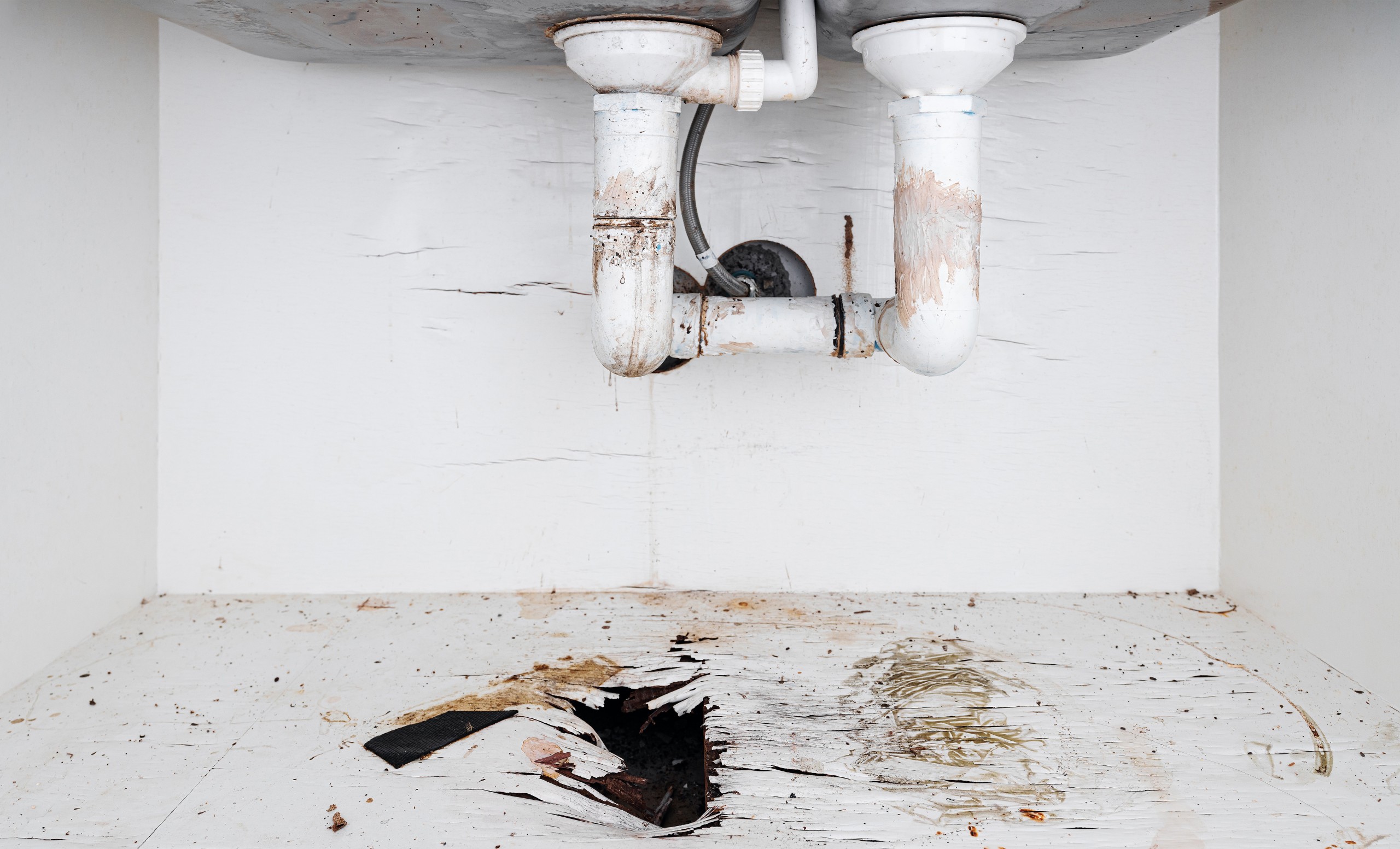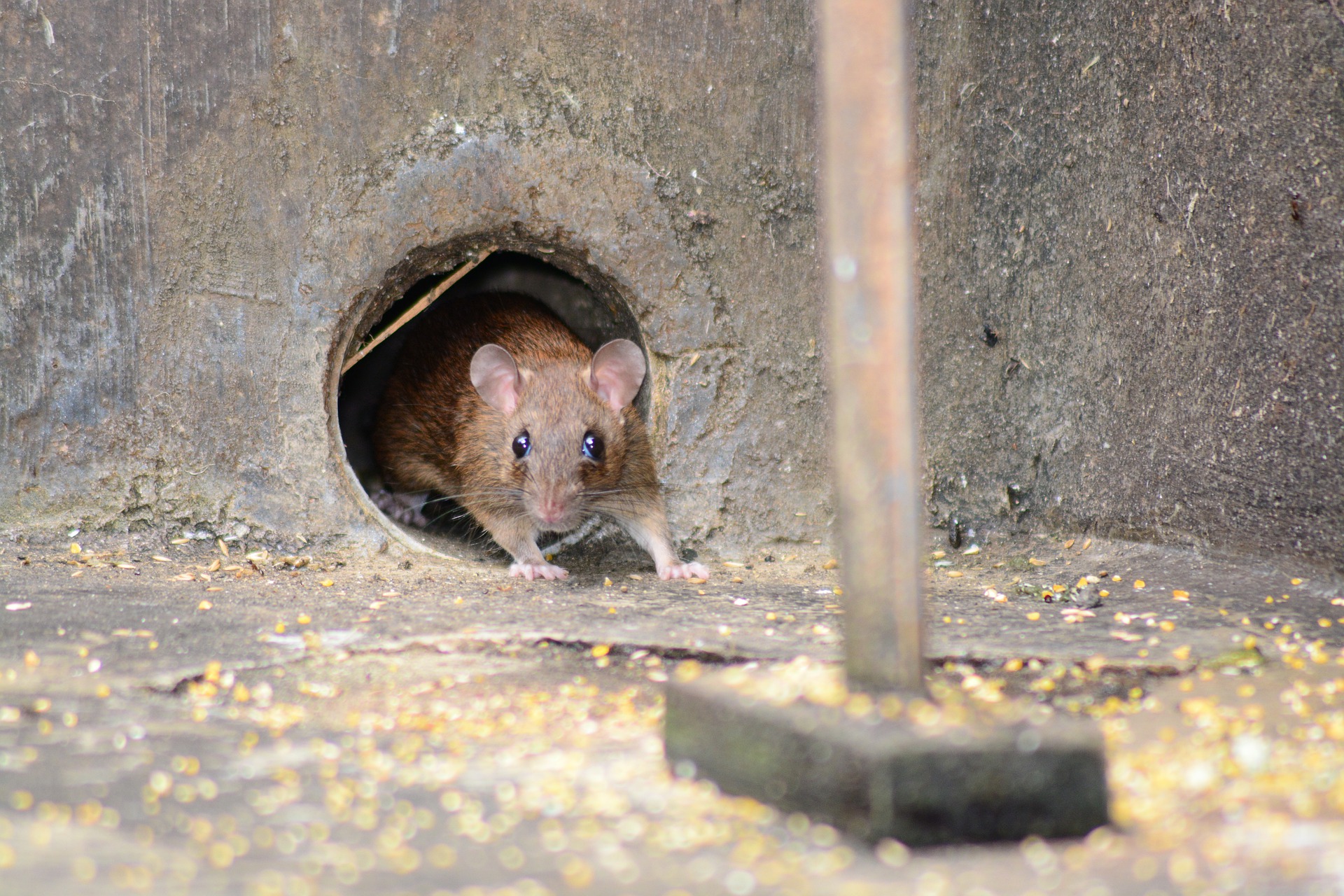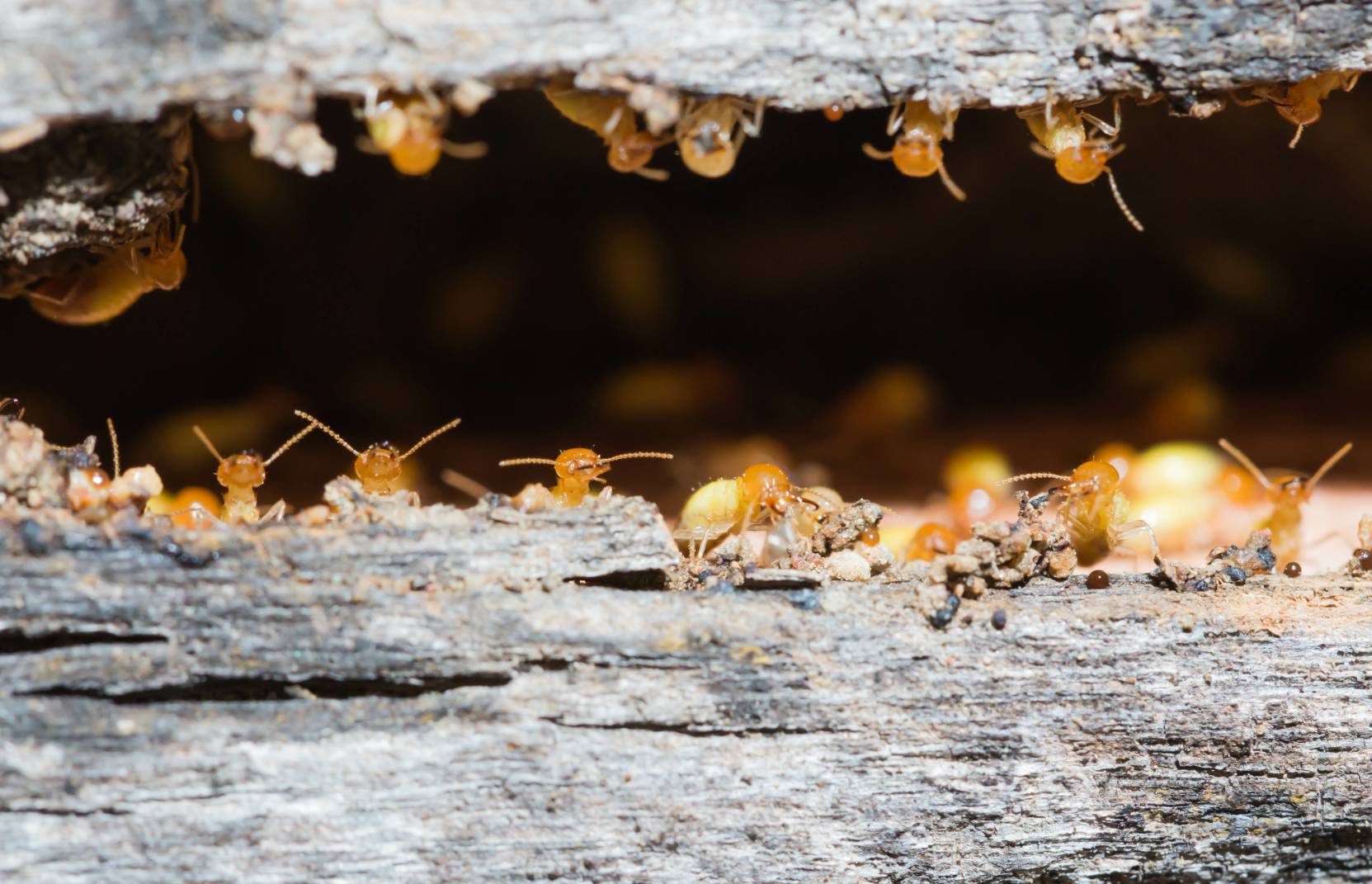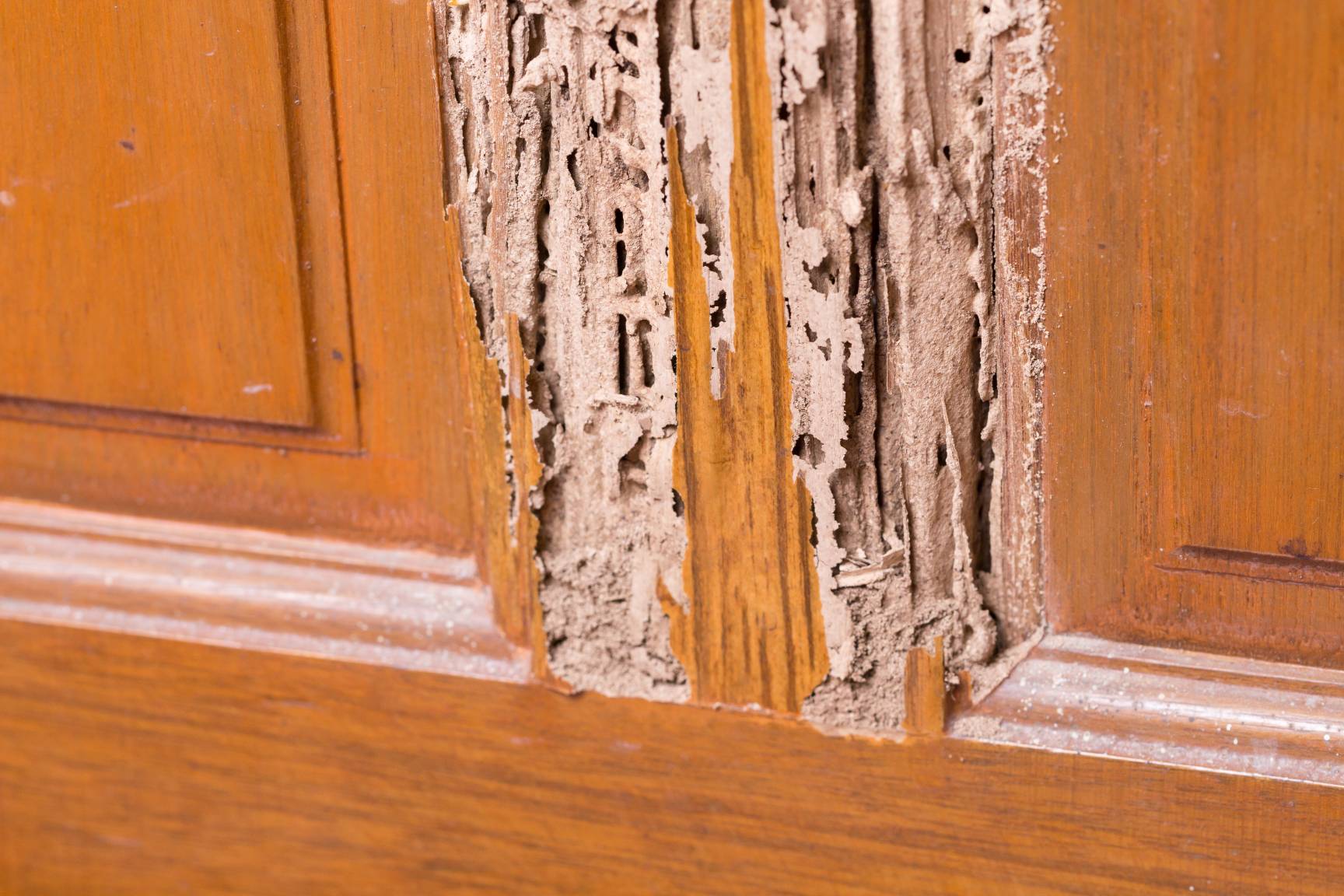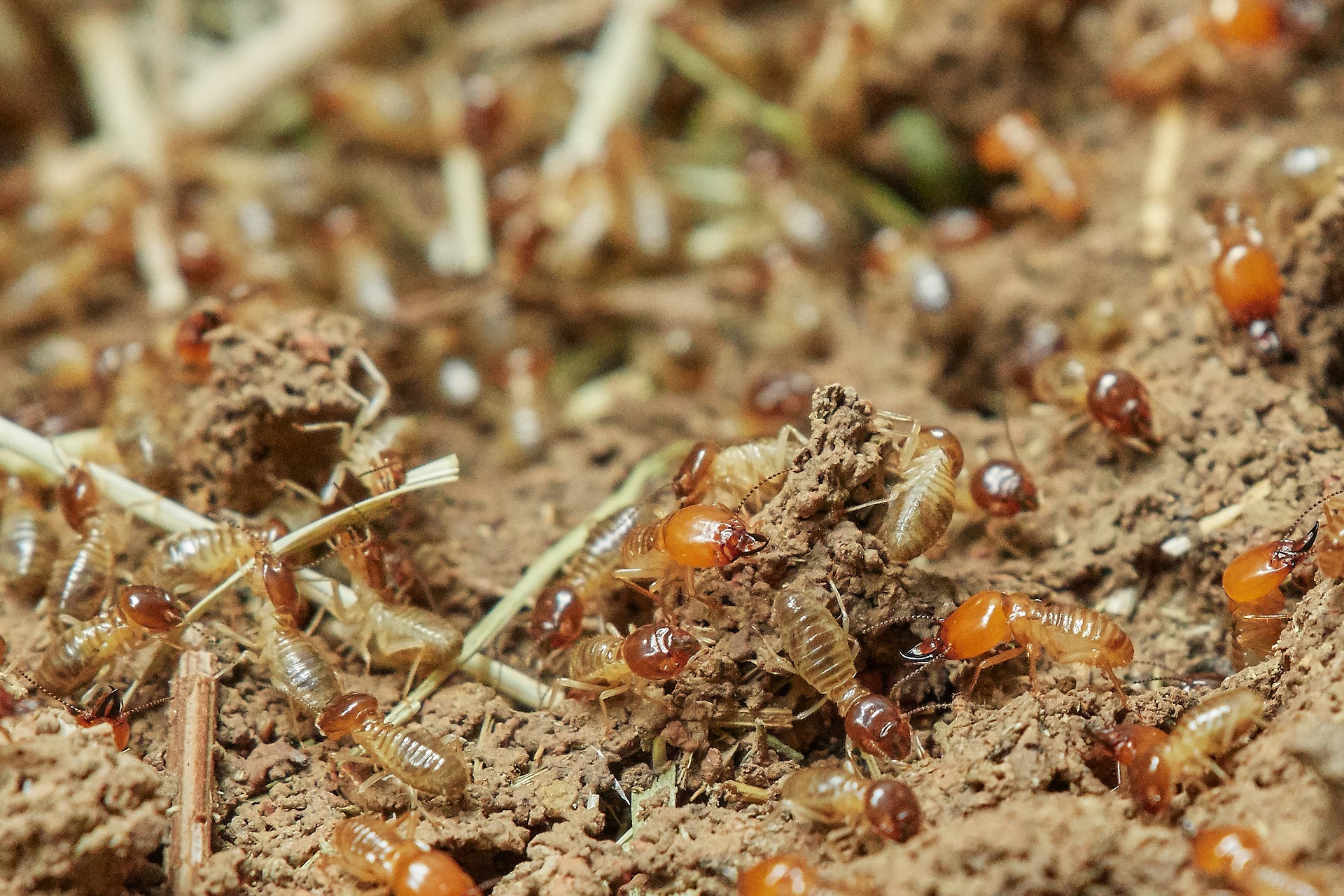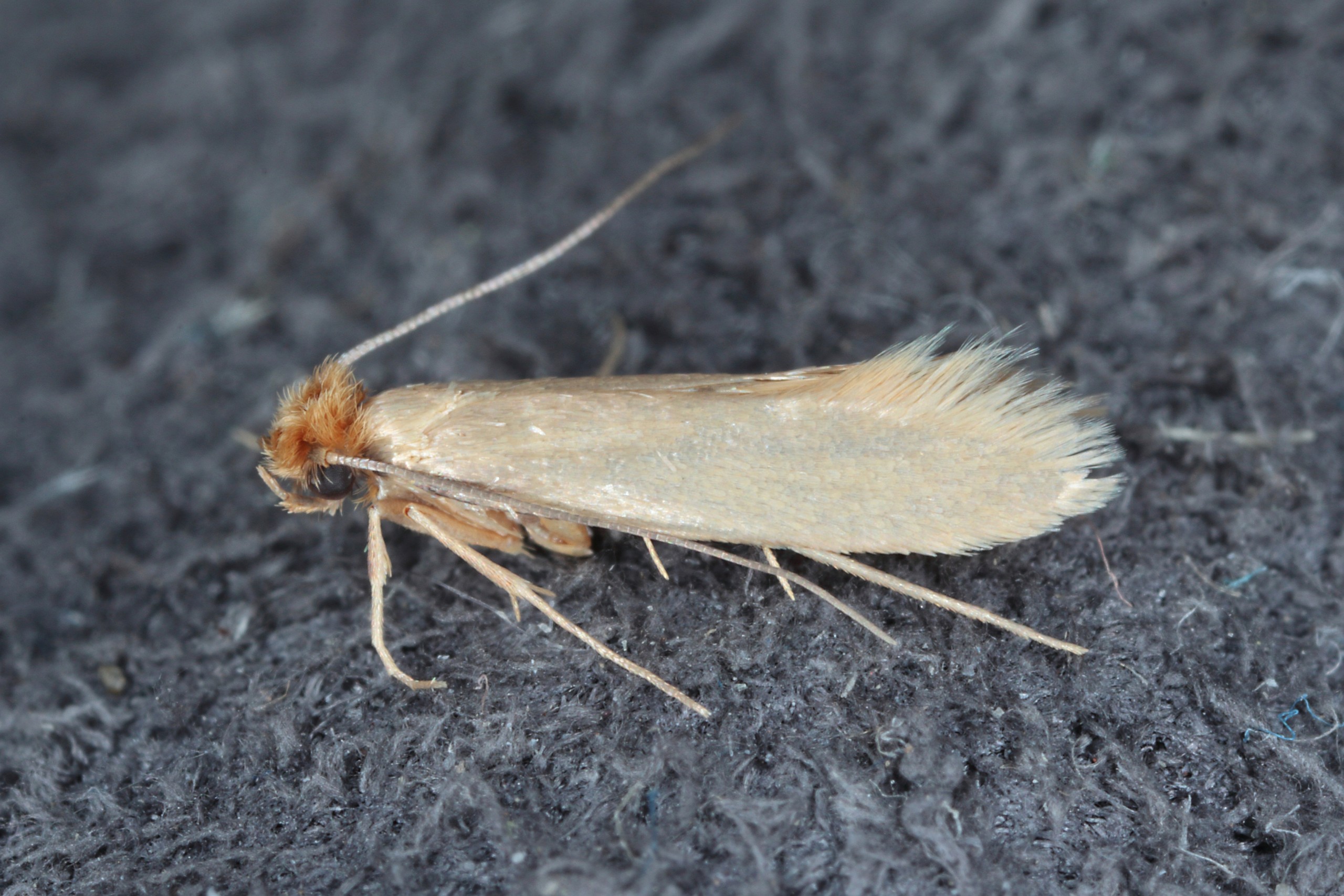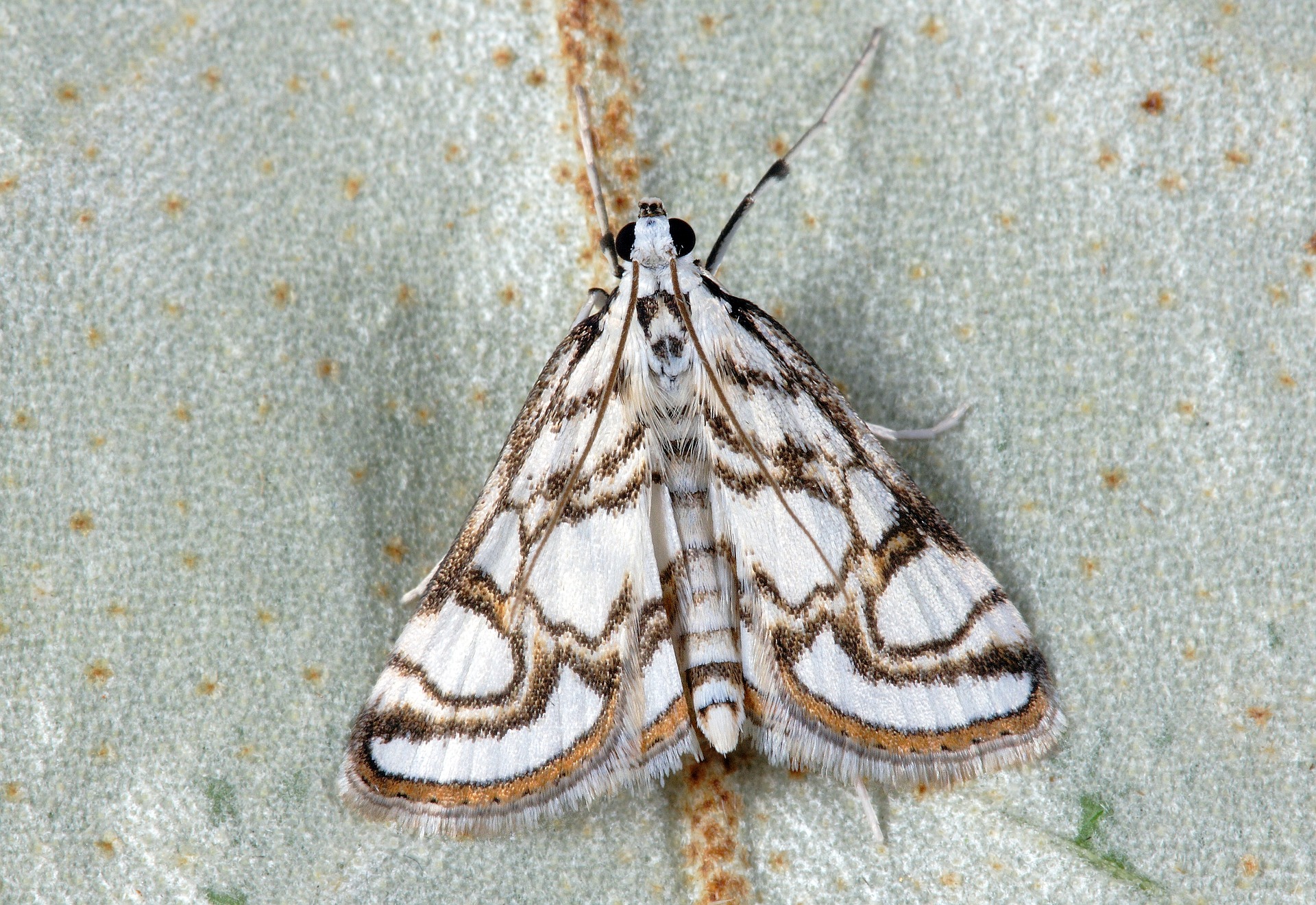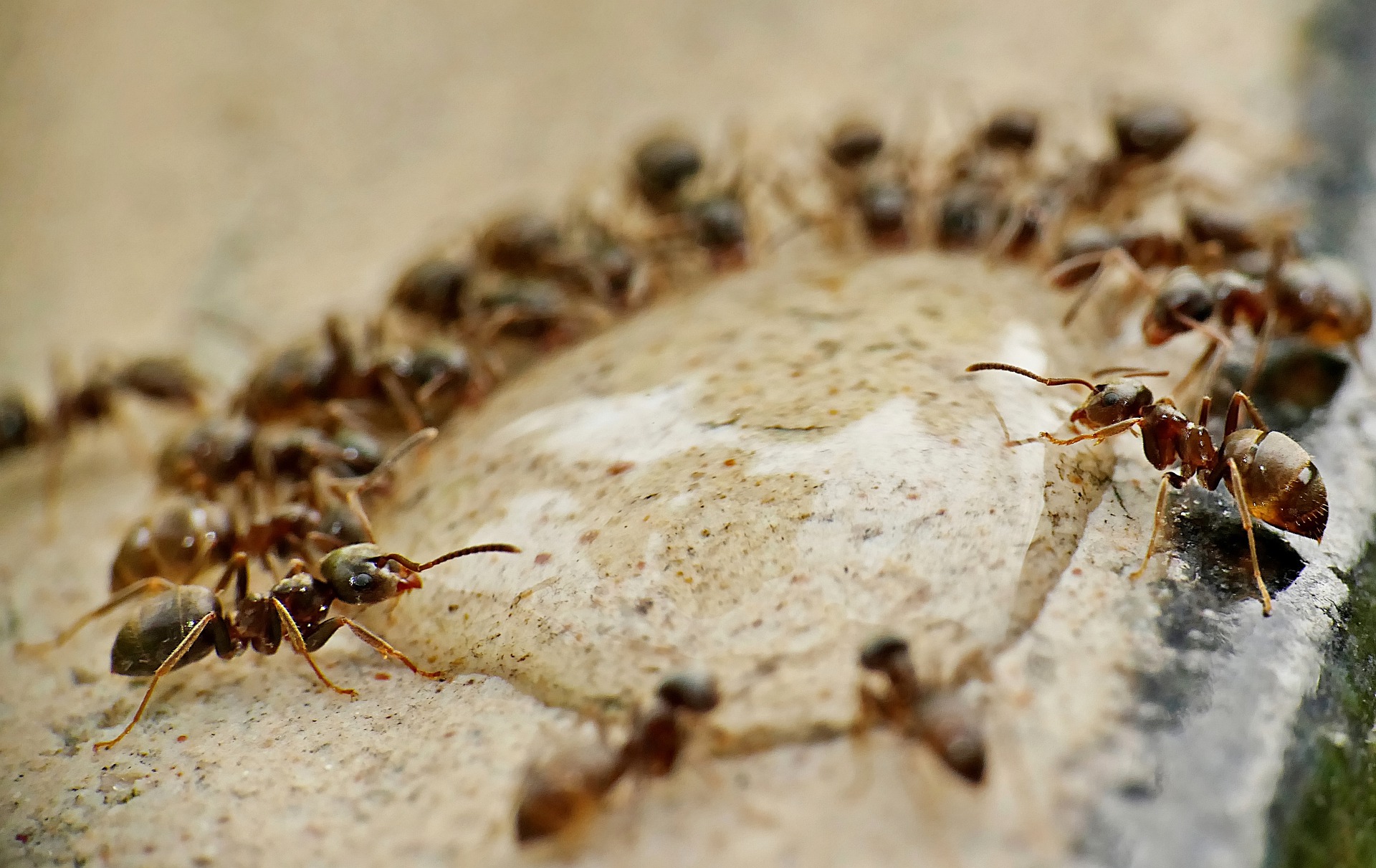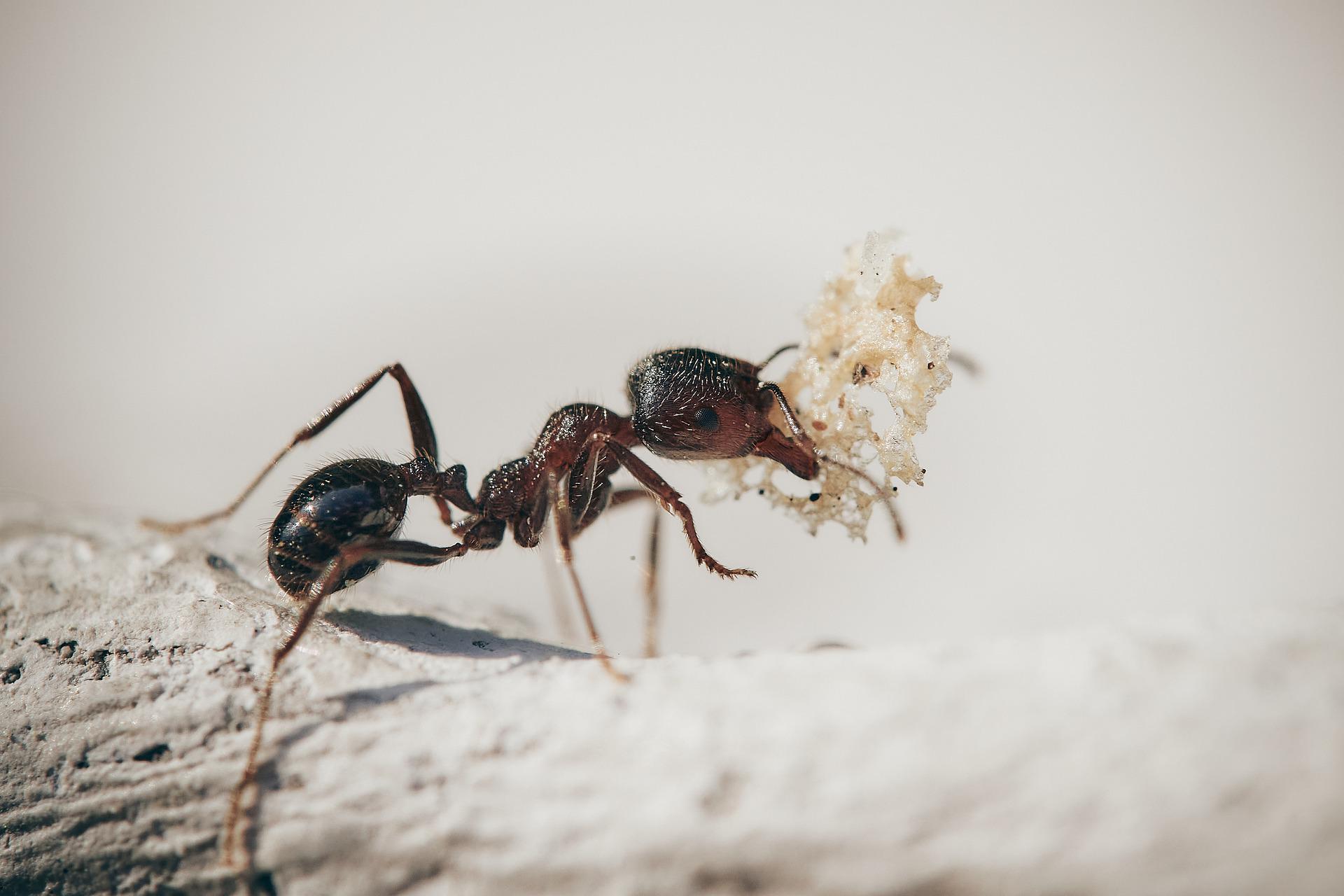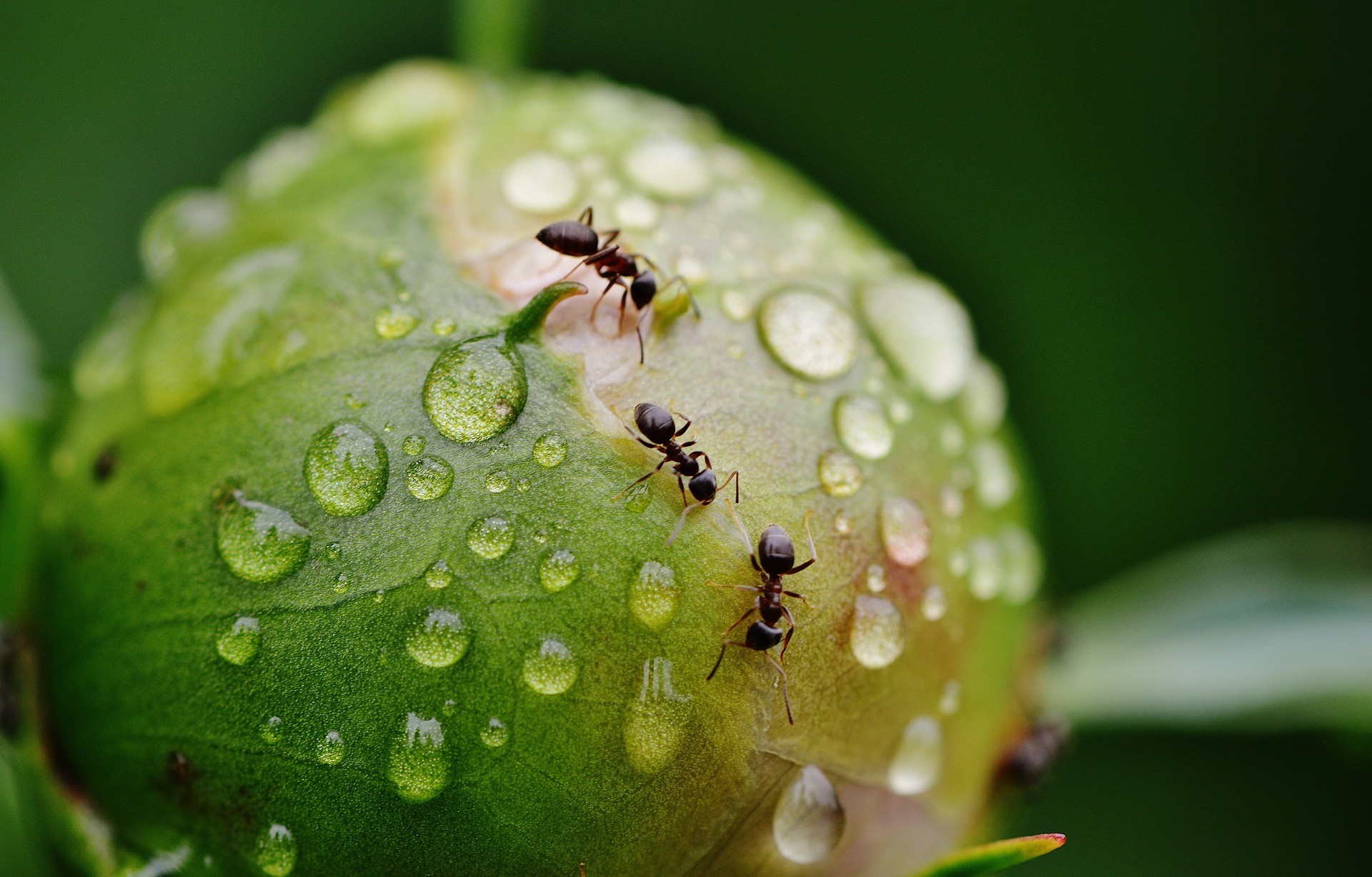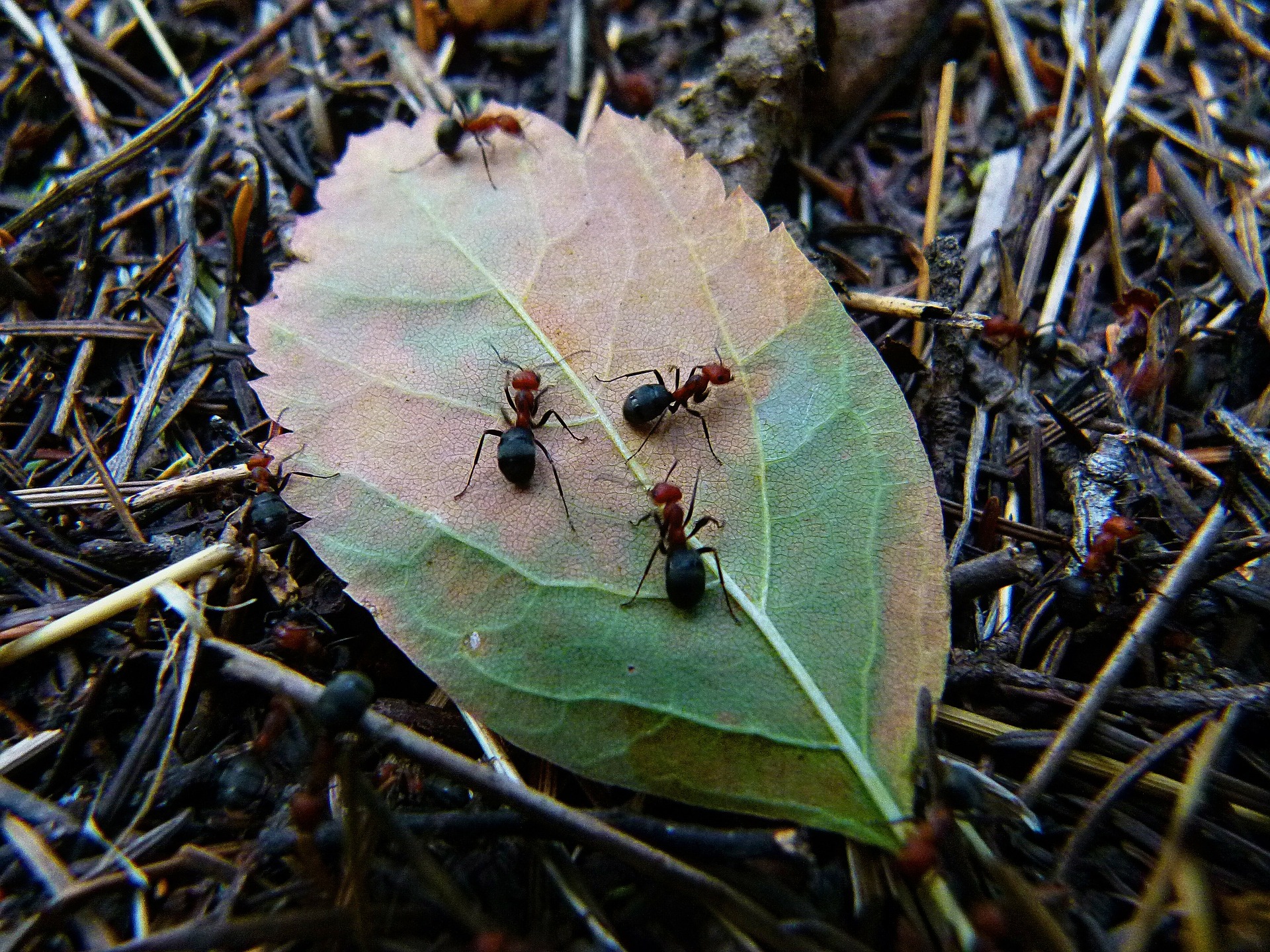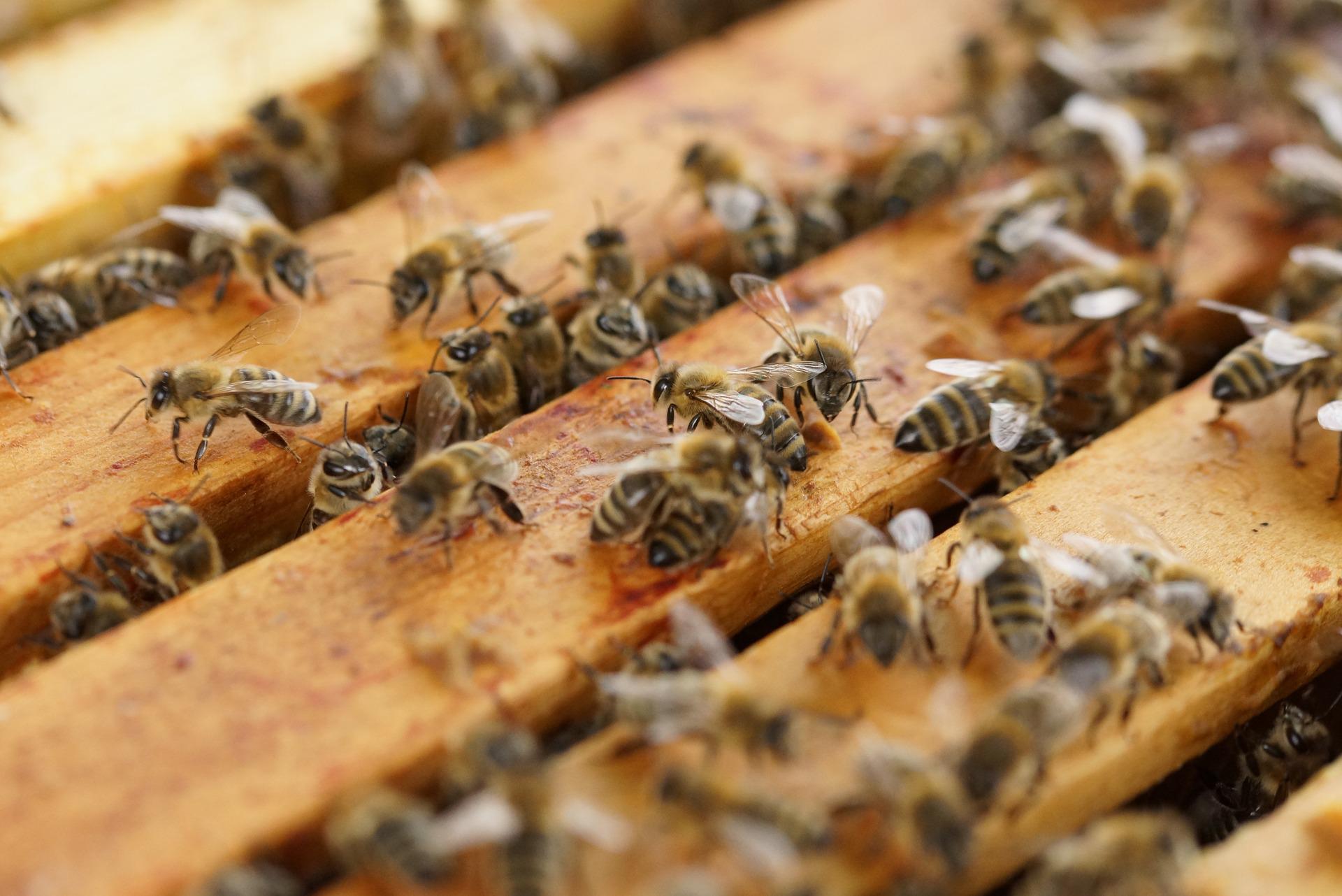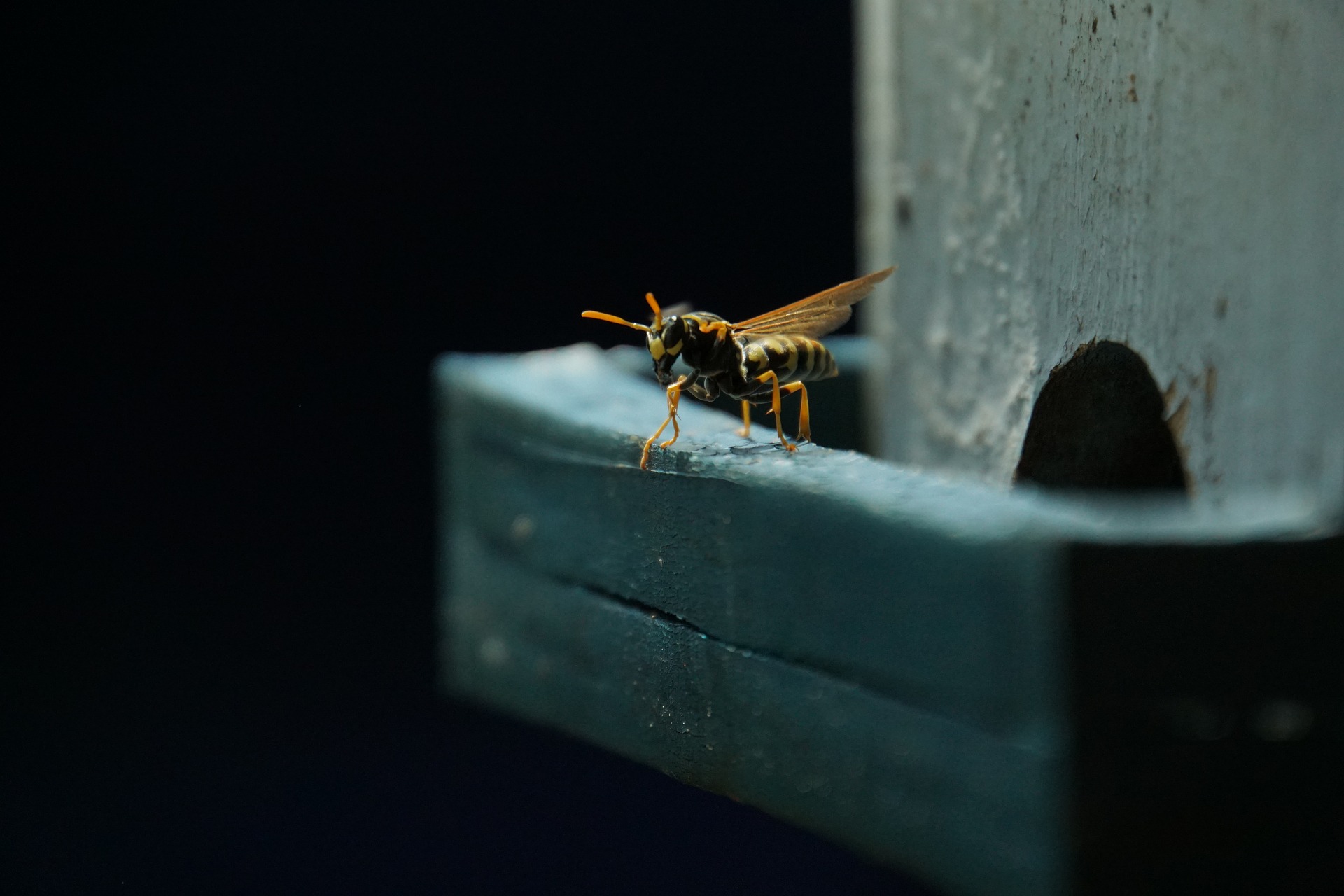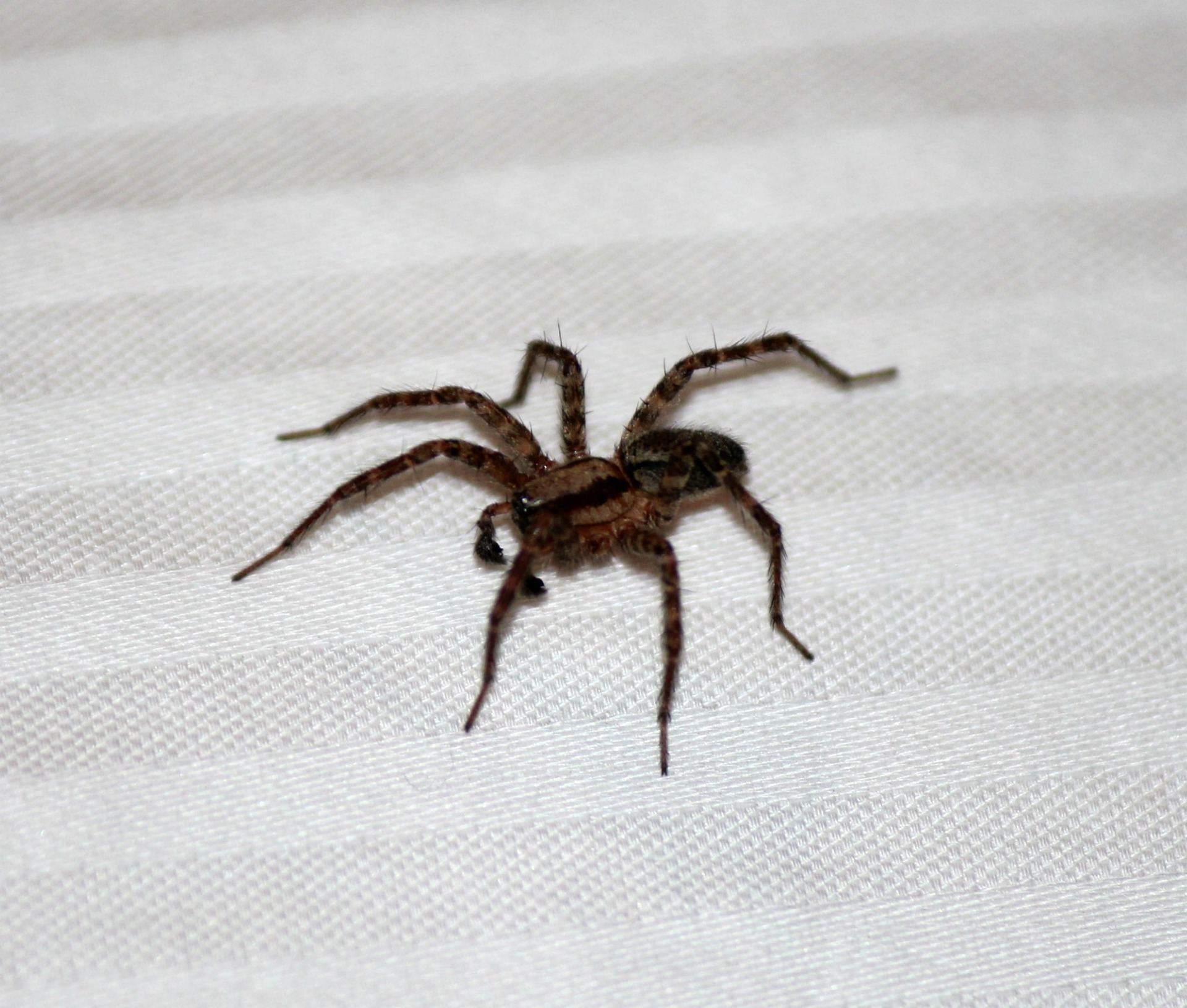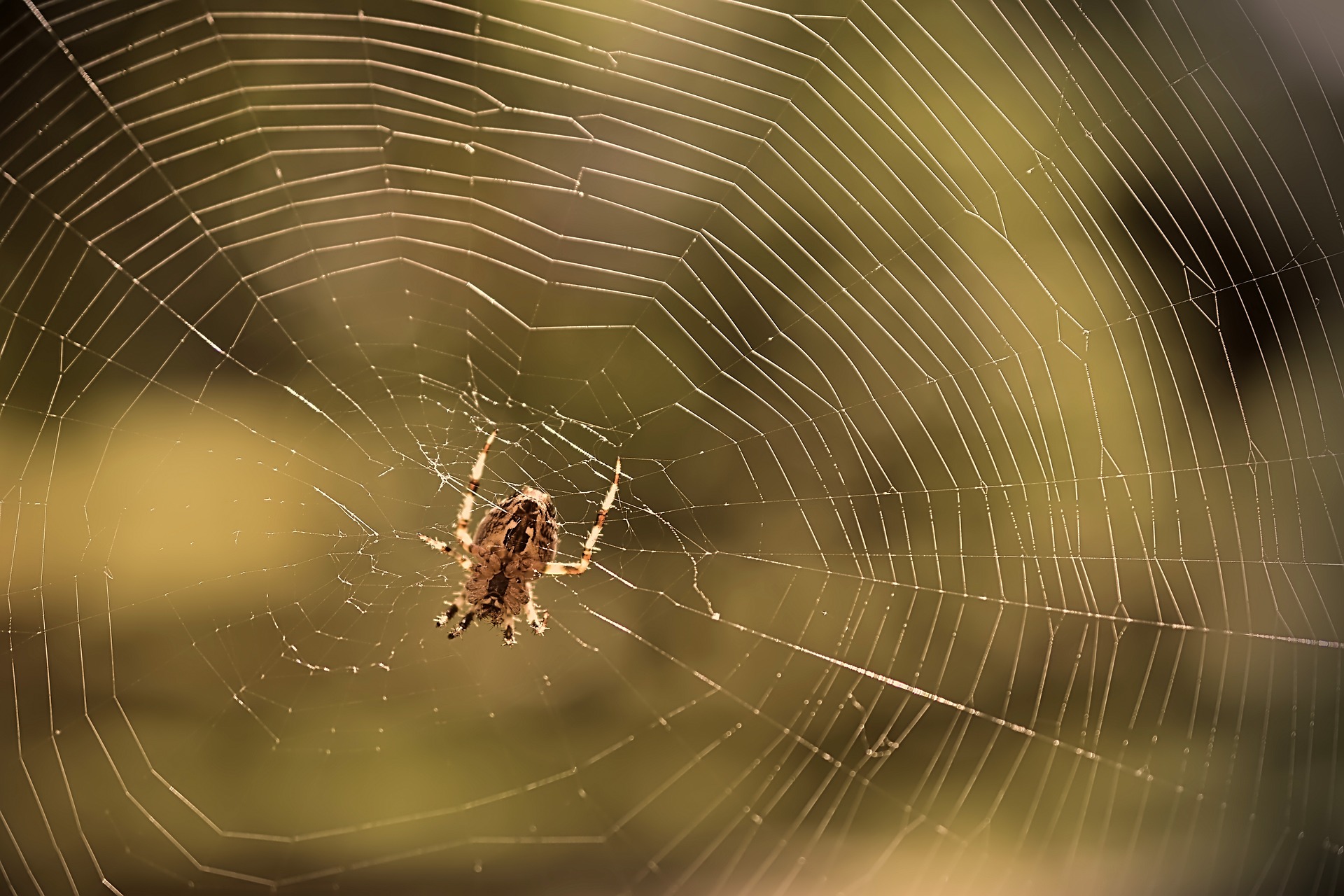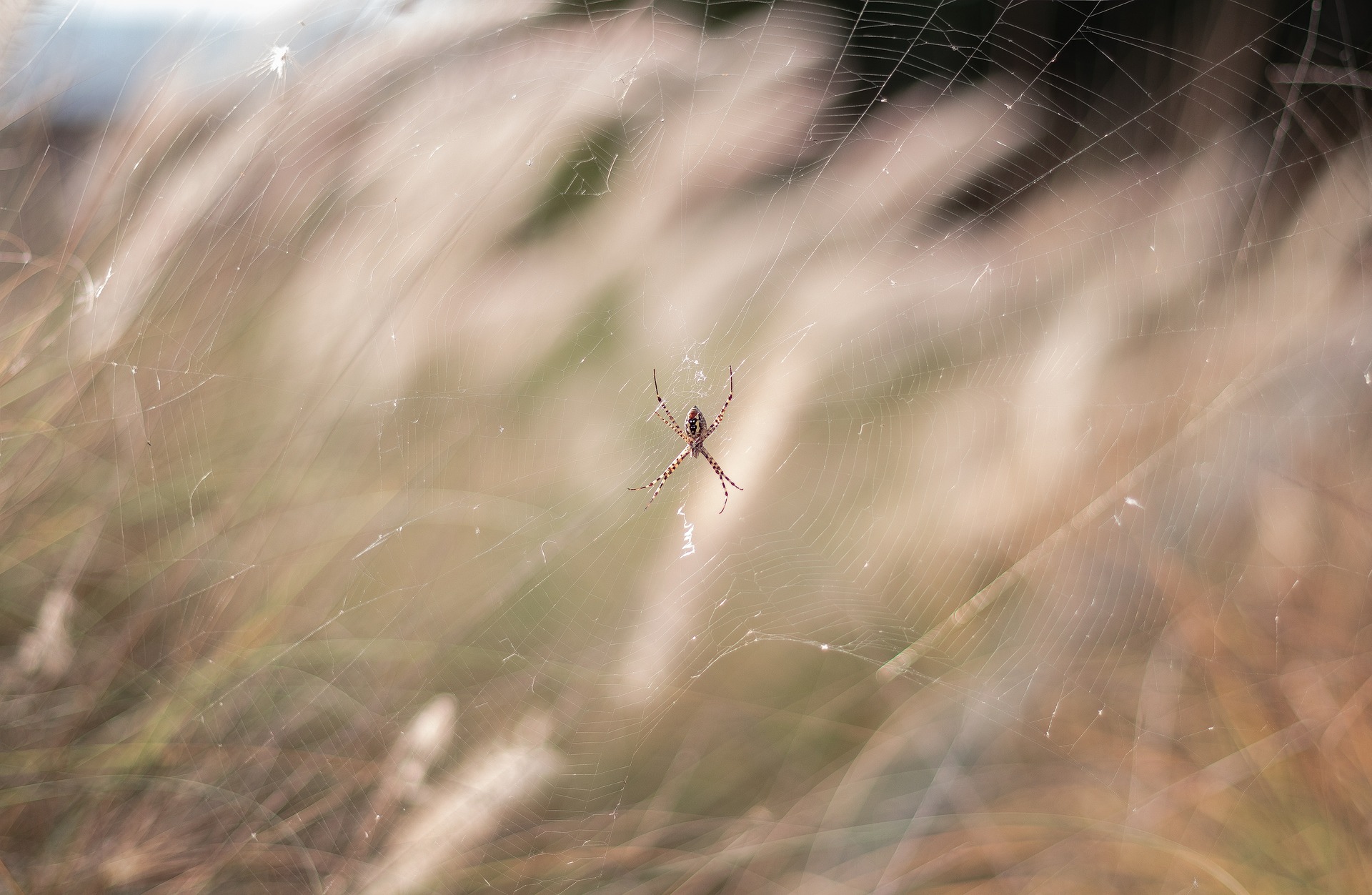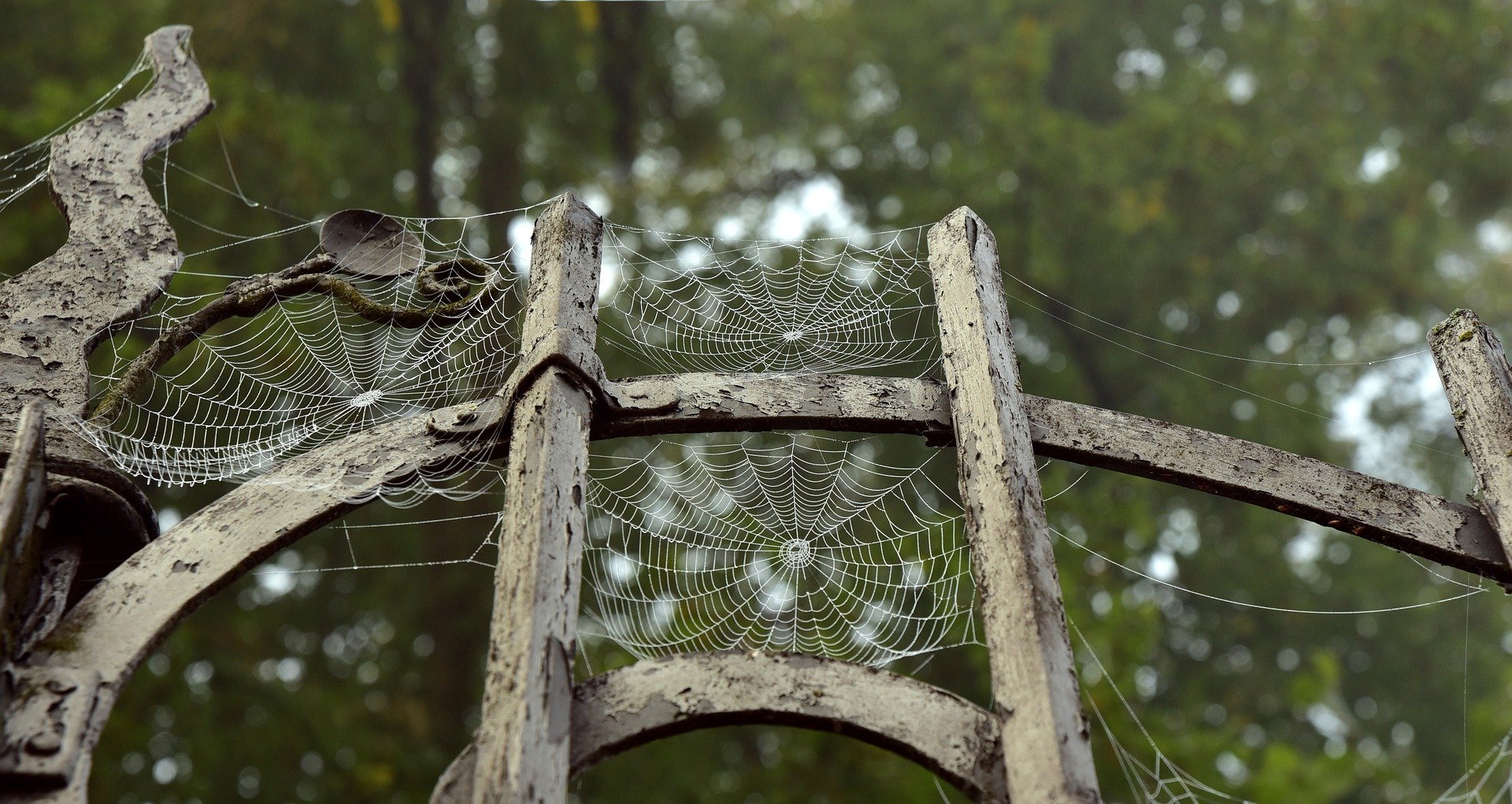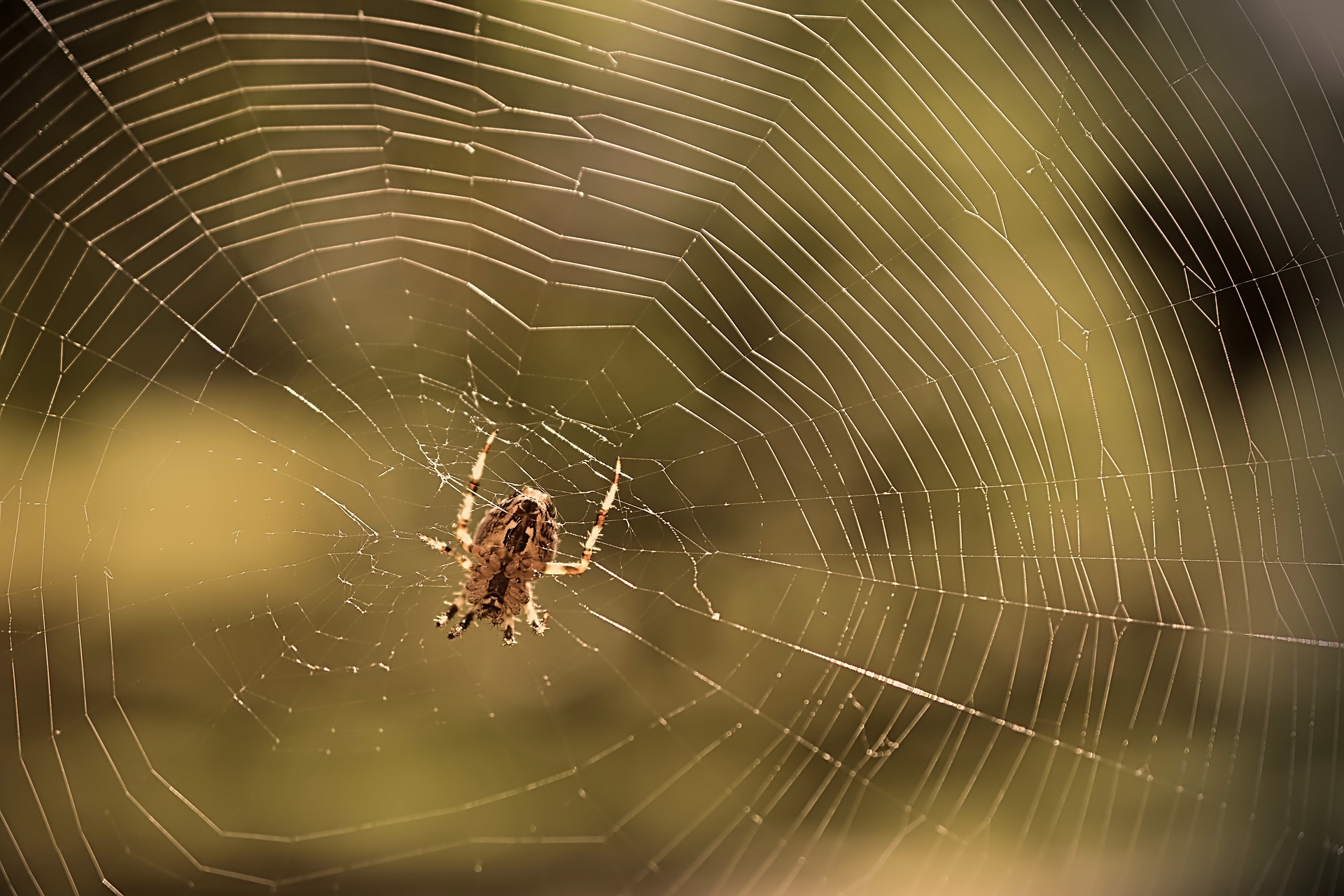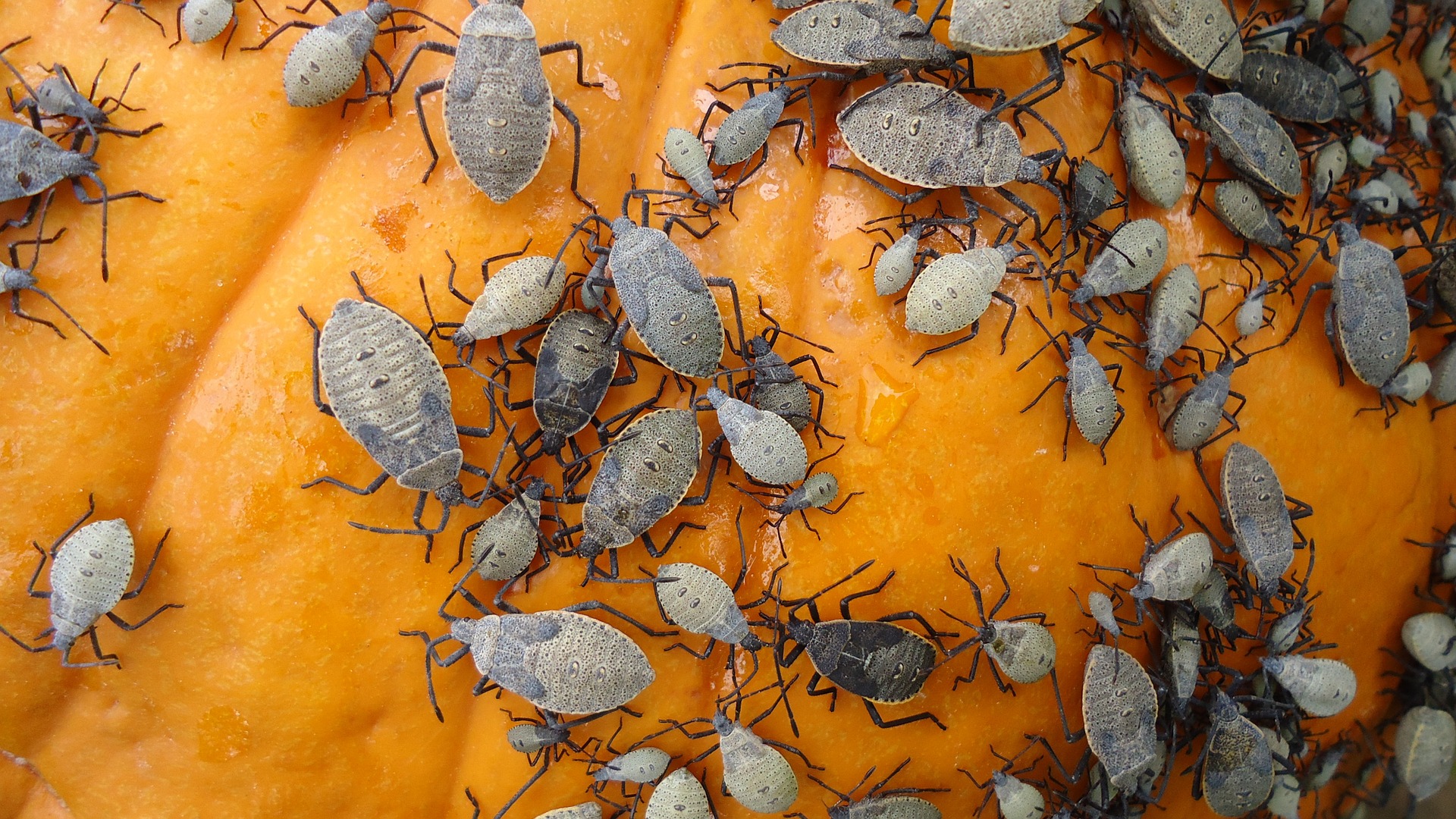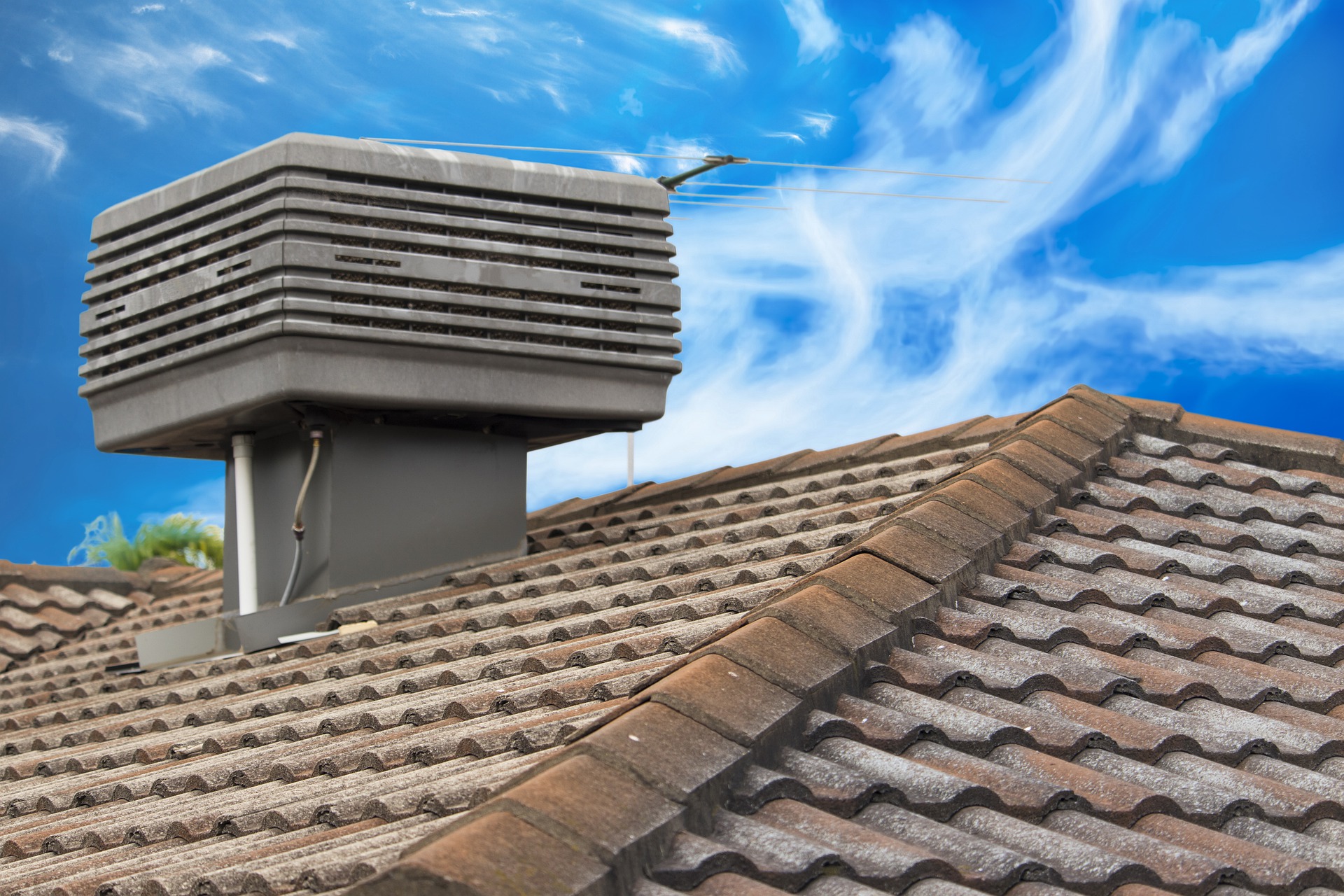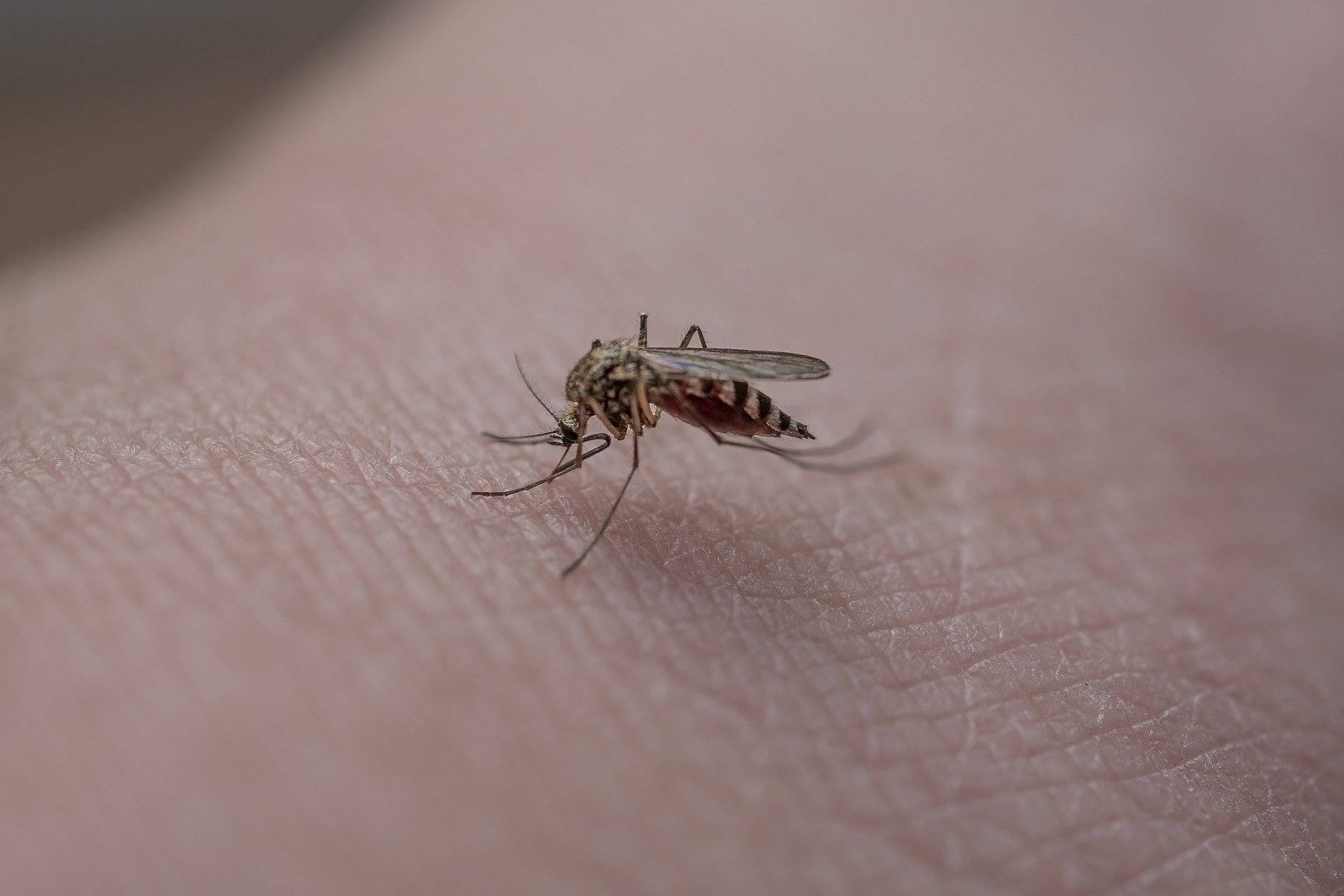Introduction:
As a pest control expert, I understand the frustration and concerns homeowners face when dealing with carpenter ants. These notorious insects can cause significant structural damage to your property if left unchecked. However, with the right knowledge and strategies, you can effectively exterminate carpenter ants and safeguard your home. In this comprehensive guide, I will share valuable tips and tricks to help you eliminate these wood-destroying pests for good.
Identifying Carpenter Ants:
Before diving into the extermination process, it’s crucial to correctly identify carpenter ants. These large ants vary in size, usually ranging from ¼ to ½ inch long, and are typically black or reddish-black. Unlike termites, carpenter ants have a distinct narrow waist and elbowed antennae. Identifying them accurately ensures that you’re targeting the right pest and applying the most effective control methods.
Locating Nesting Sites:
Carpenter ants establish their nests in moist, decaying wood, often causing structural damage over time. To exterminate them successfully, it’s crucial to locate their nesting sites. Inspect areas such as attics, crawl spaces, basements, and exterior structures for signs of sawdust-like material or tiny wood shavings, indicating their presence.
Integrated Pest Management (IPM) Approach:
Implementing an Integrated Pest Management approach is crucial for long-term carpenter ant control. IPM focuses on a combination of prevention, monitoring, and targeted treatments. Begin by eliminating potential nesting sites, such as rotting wood or tree stumps, from your property. Trim vegetation and maintain proper drainage to reduce moisture levels, making your home less attractive to these pests.
Baiting Techniques:
Carpenter ants are social insects, which makes baiting an effective approach. Use commercially available ant baits that contain slow-acting, non-repellent insecticides. Place the bait near the ant trails but avoid disrupting their foraging patterns. The ants will carry the bait back to their colony, effectively eliminating the entire nest. Repeat the process until the ant activity diminishes.
Dust Insecticides:
For more severe infestations, dust insecticides can be highly effective. These products are designed to be applied directly into the carpenter ant galleries, effectively reaching hidden nests. Choose dusts that contain active ingredients like boric acid or diatomaceous earth, which are safe and lethal to ants. Remember to follow the product instructions carefully and wear protective gear when applying dust insecticides.
Professional Assistance:
If your carpenter ant infestation persists despite your best efforts, it may be time to seek professional assistance. Pest control experts have the knowledge, experience, and access to effective products and techniques necessary to tackle even the most severe infestations. They can perform a thorough inspection of your property, identify hidden nests, and provide a tailored treatment plan to eradicate these destructive pests.
Conclusion:
Carpenter ant extermination requires a systematic approach, combining identification, prevention, monitoring, and targeted treatments. By following the tips and tricks outlined in this guide, you can effectively eliminate carpenter ants and protect your home from further damage. Remember to be patient and persistent in your efforts, and if needed, don’t hesitate to reach out to a professional pest control service. With a proactive approach, you can reclaim your home from these troublesome pests and enjoy a pest-free environment.


